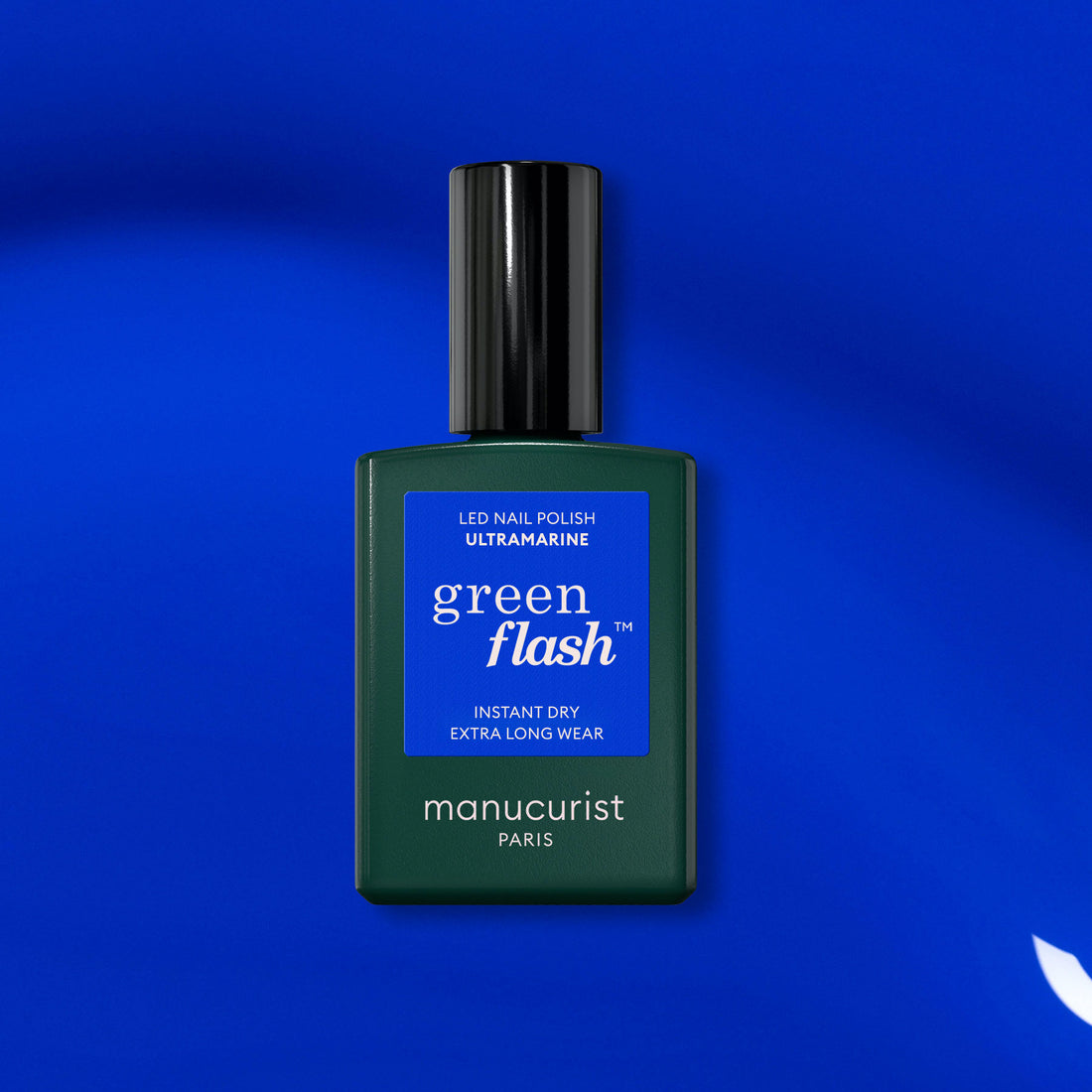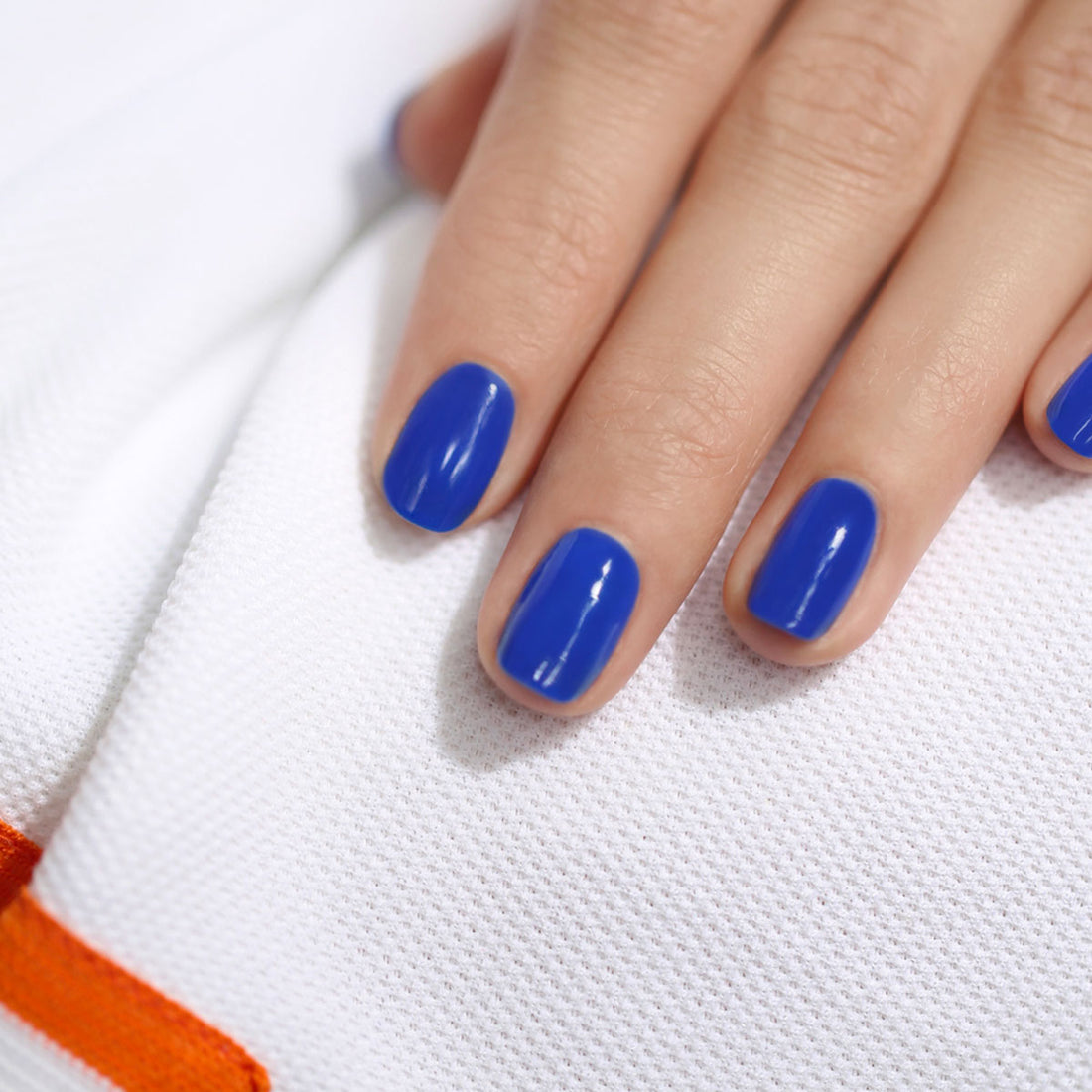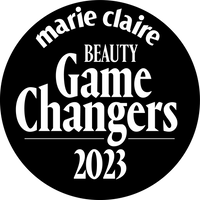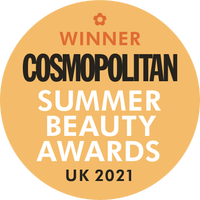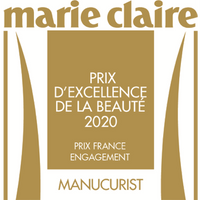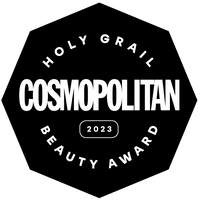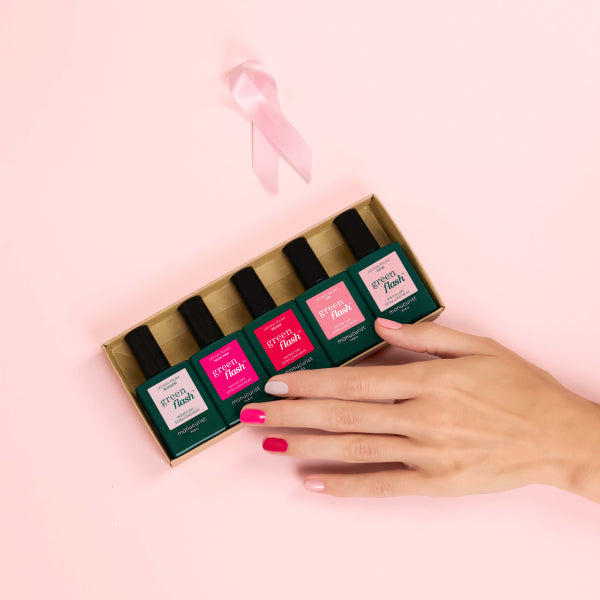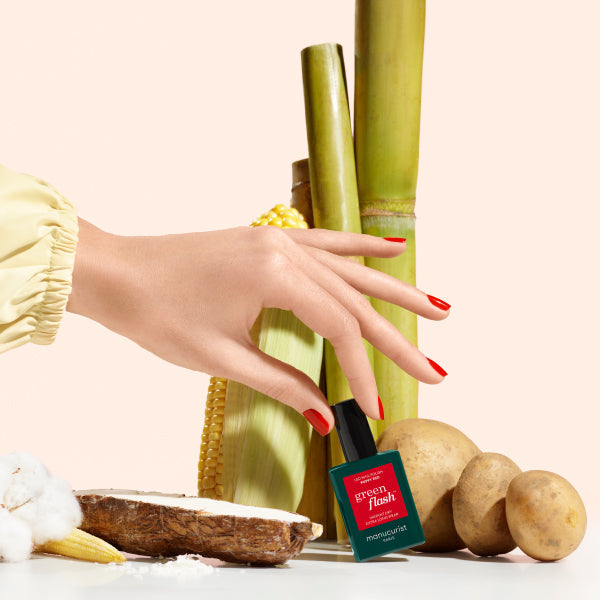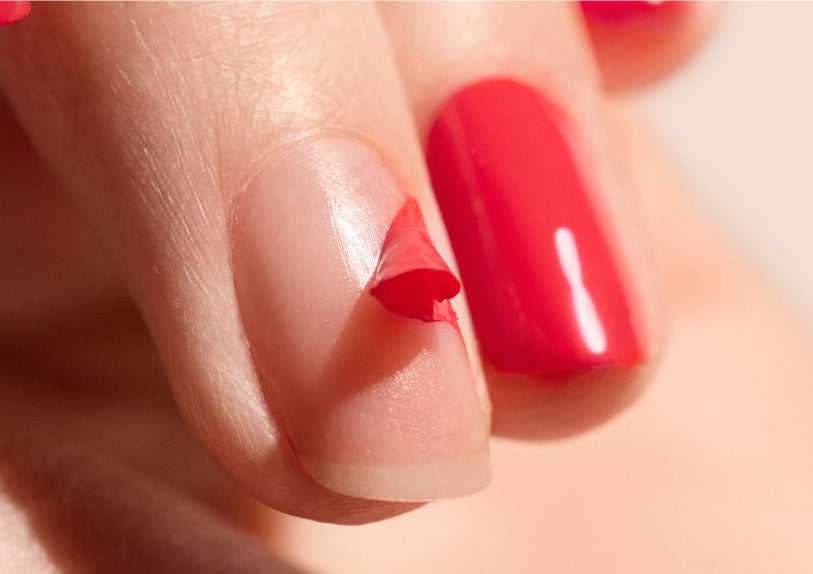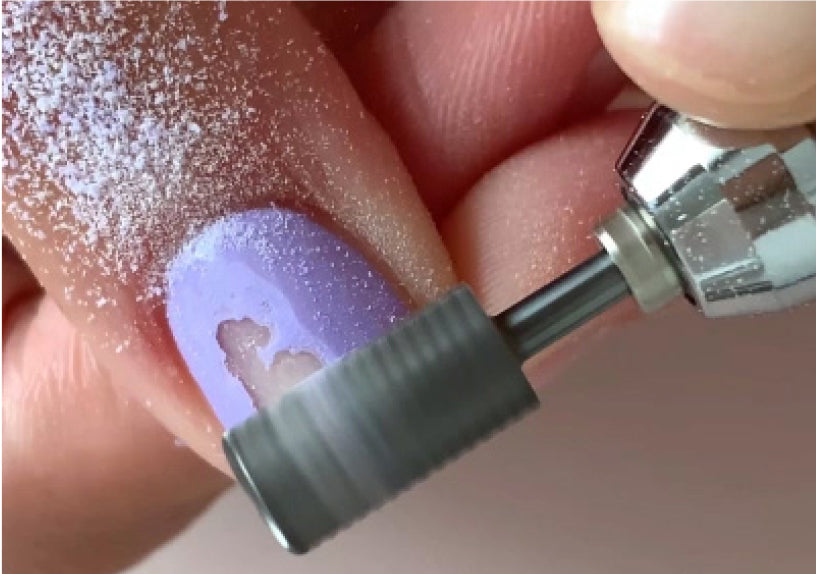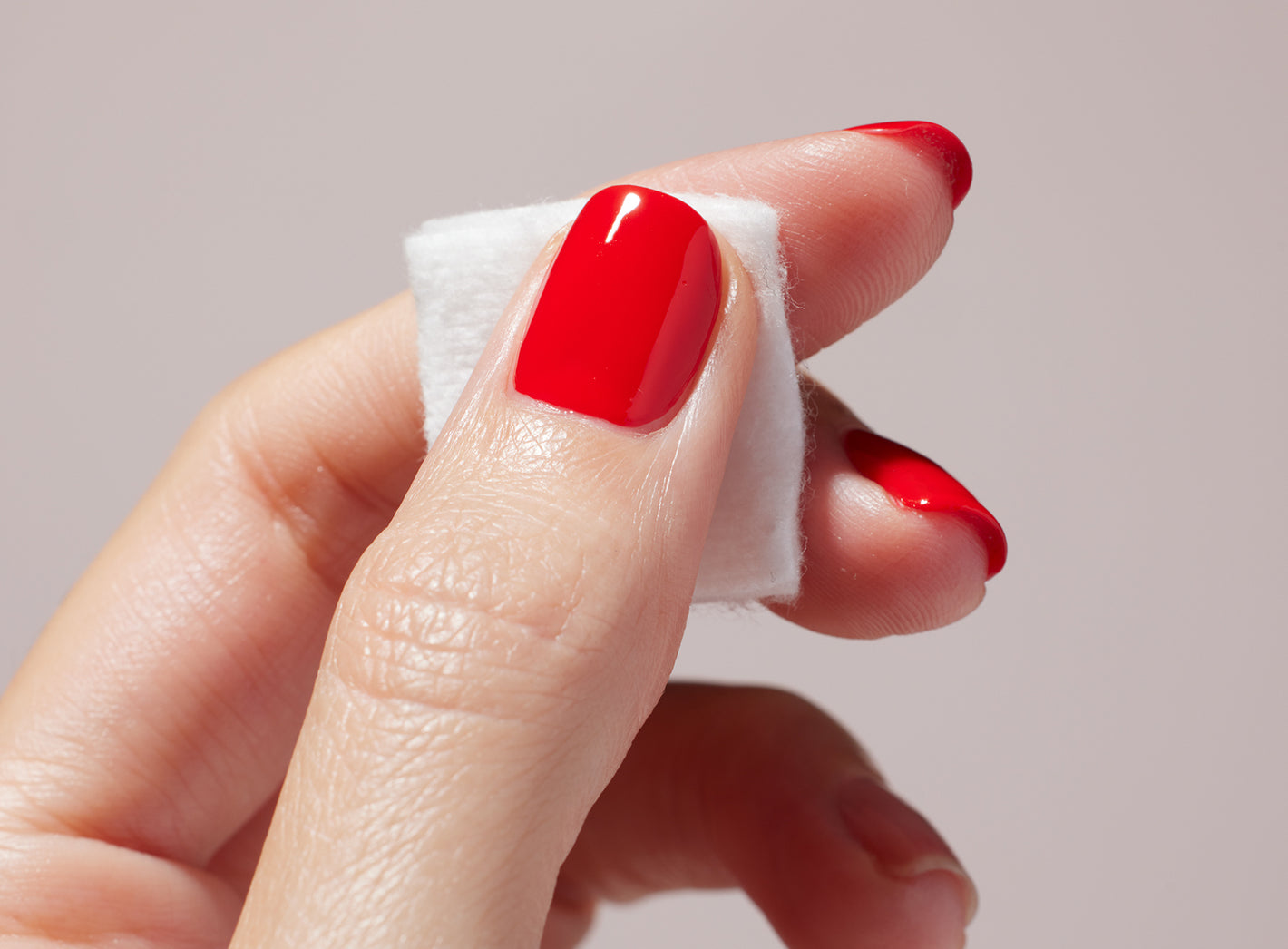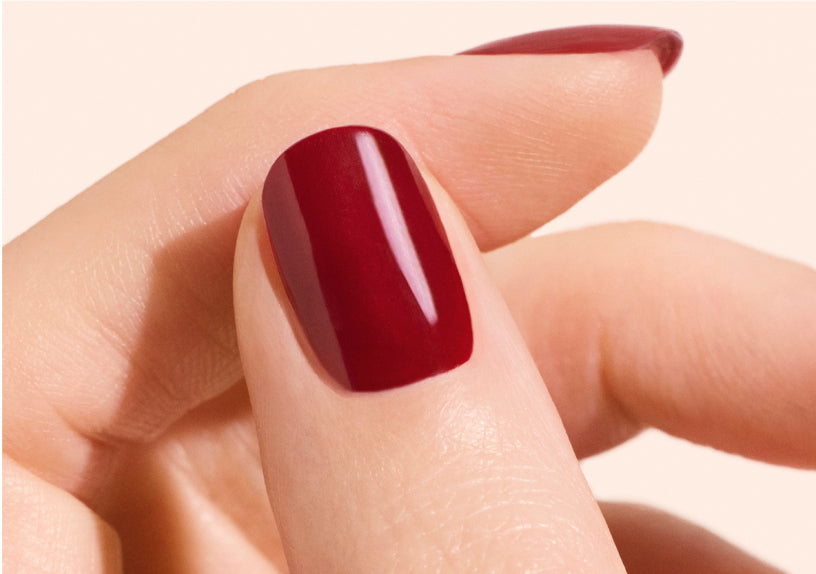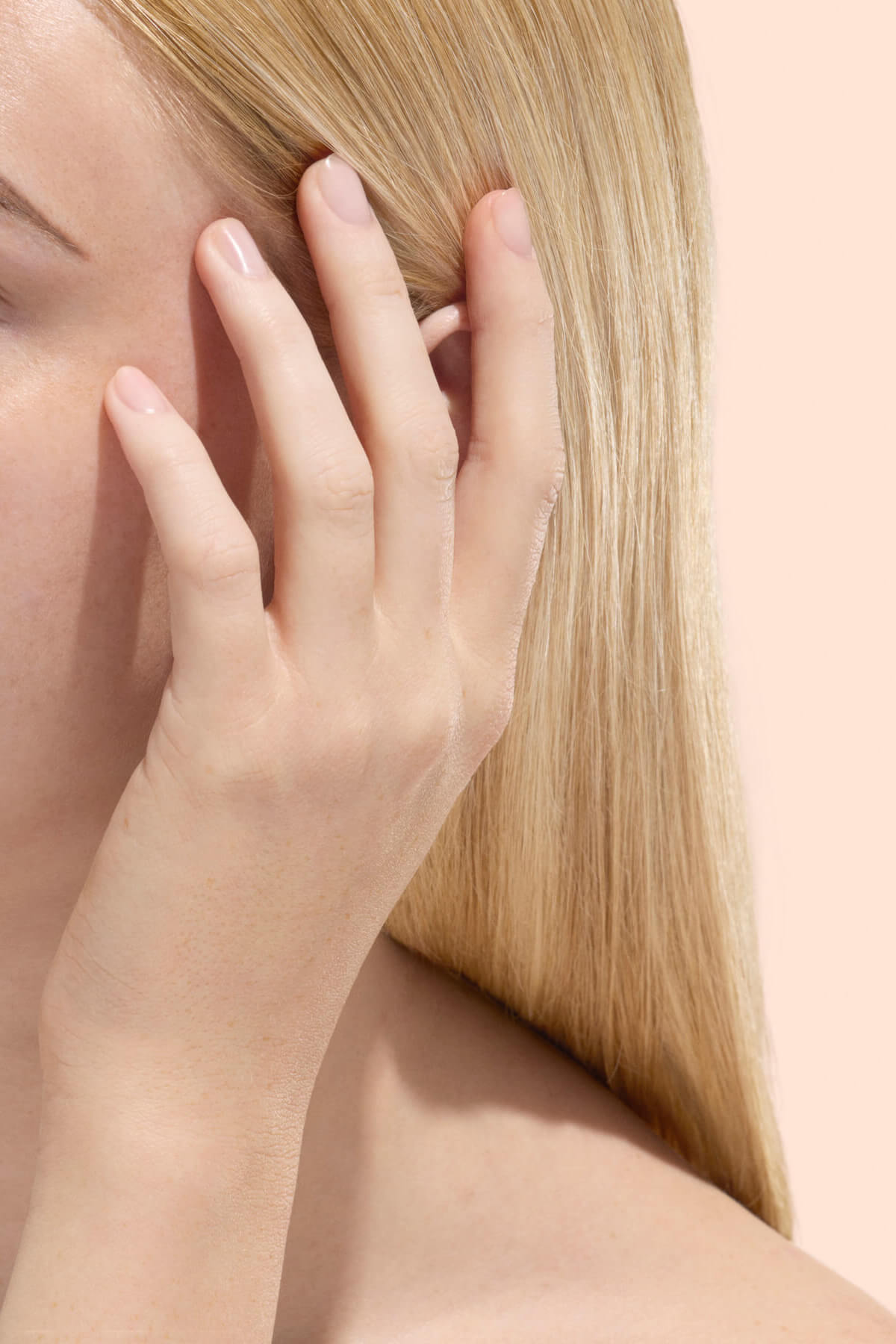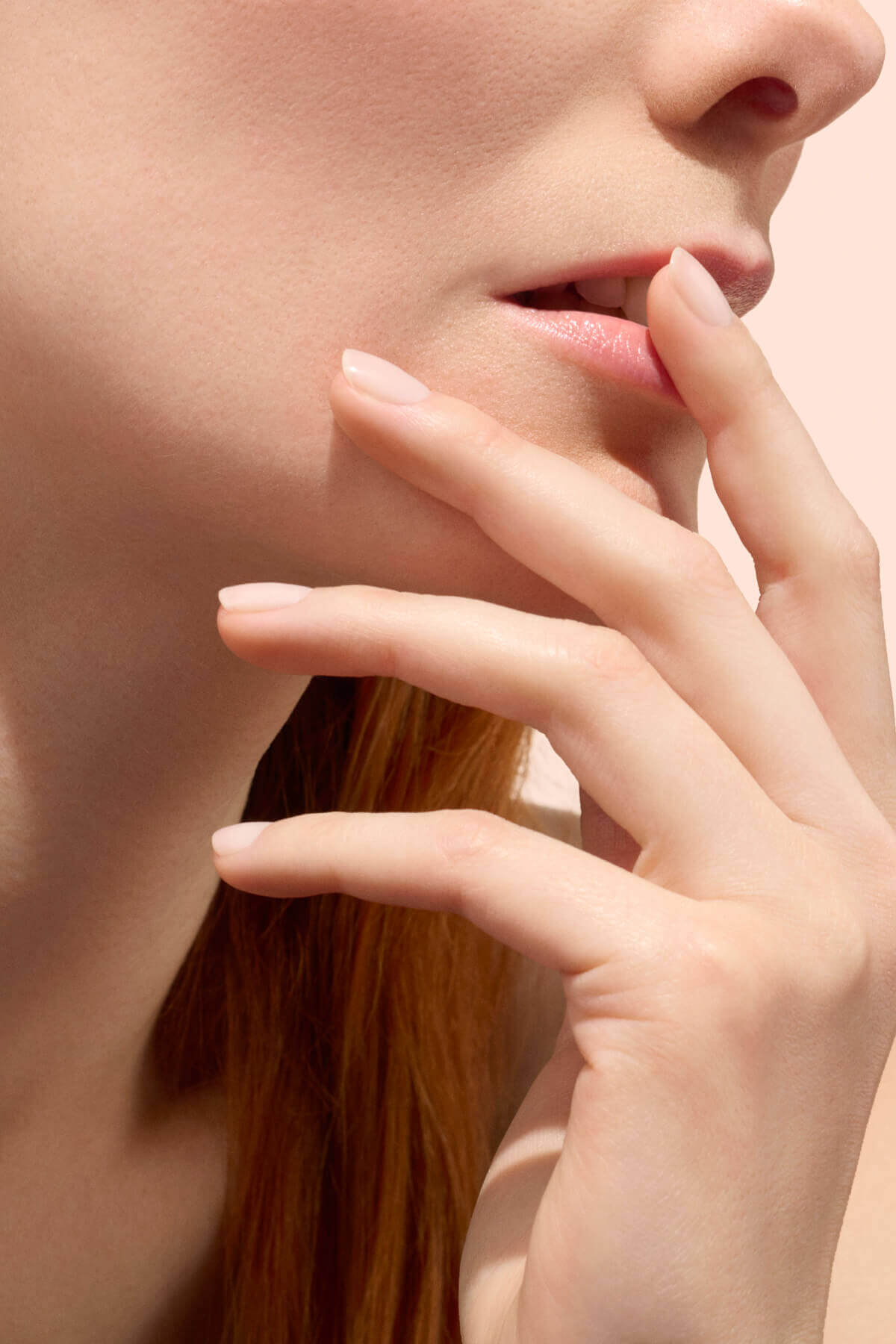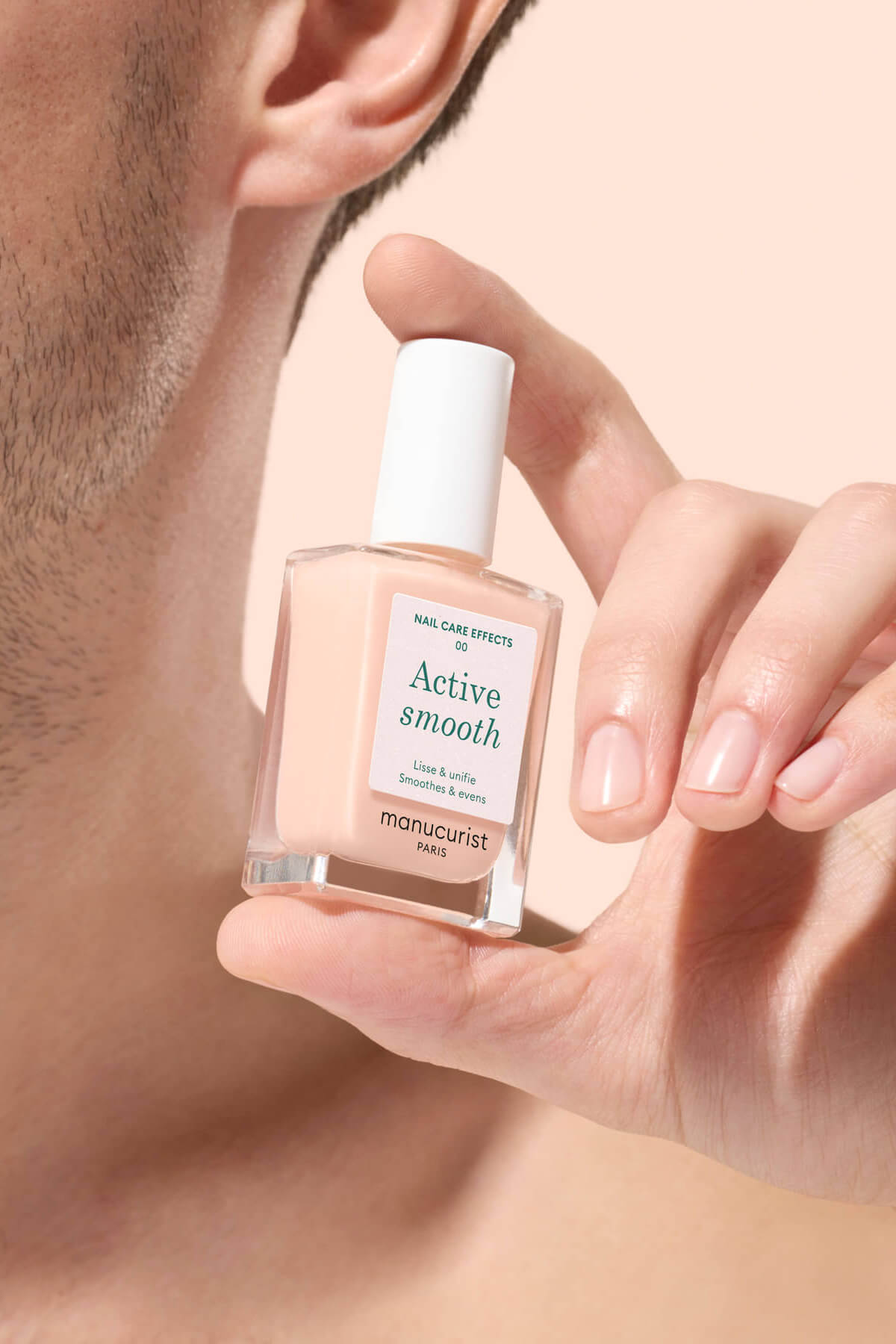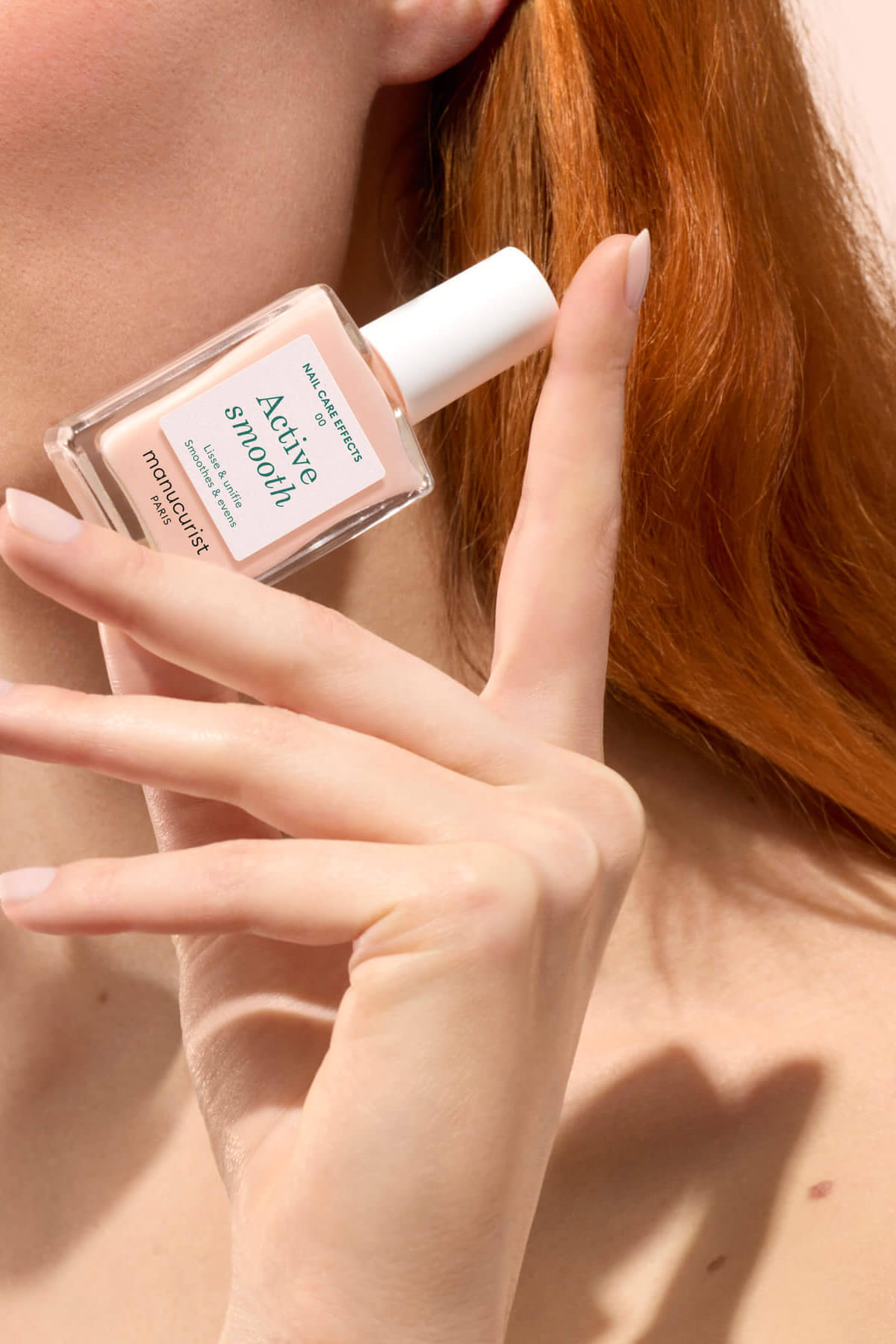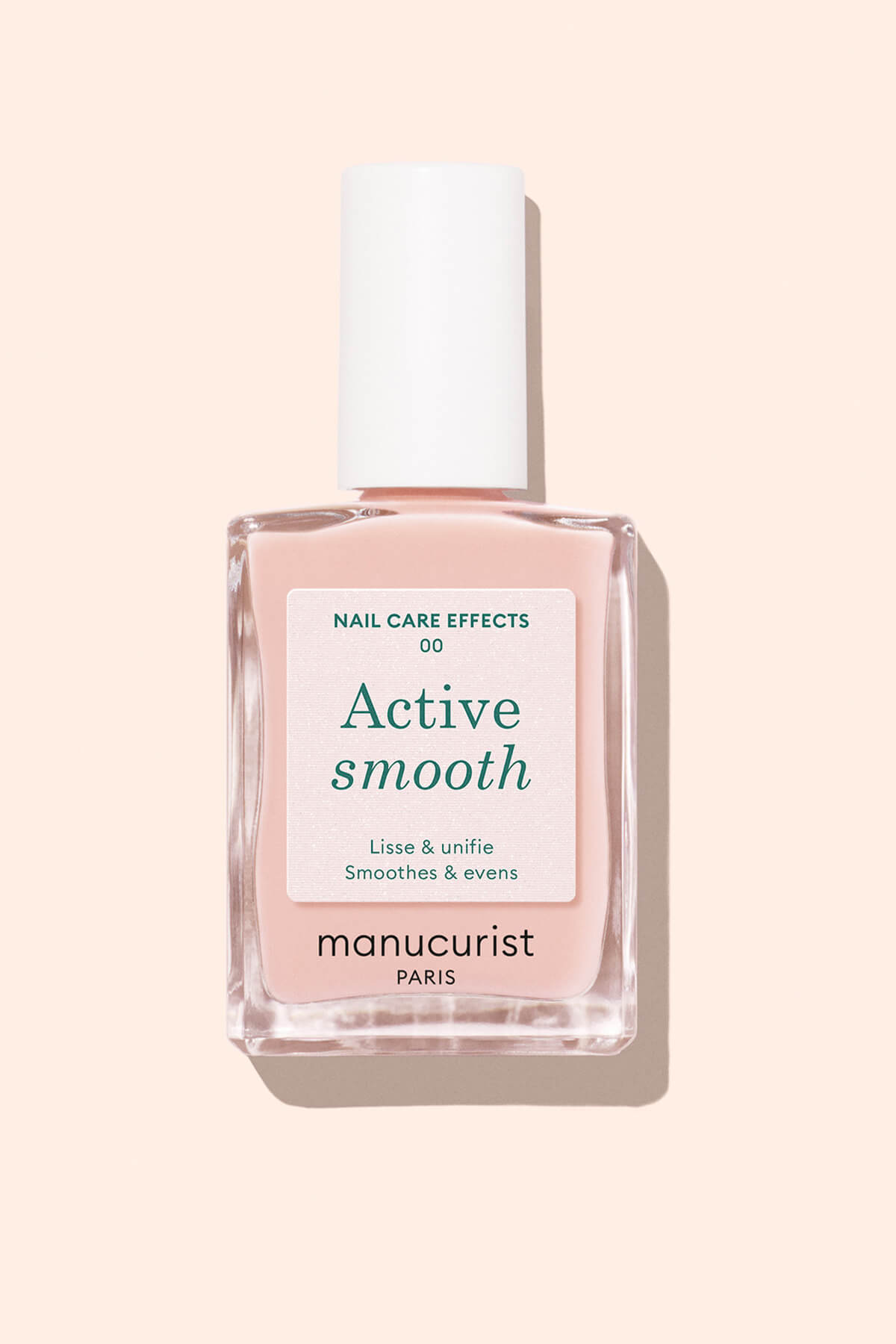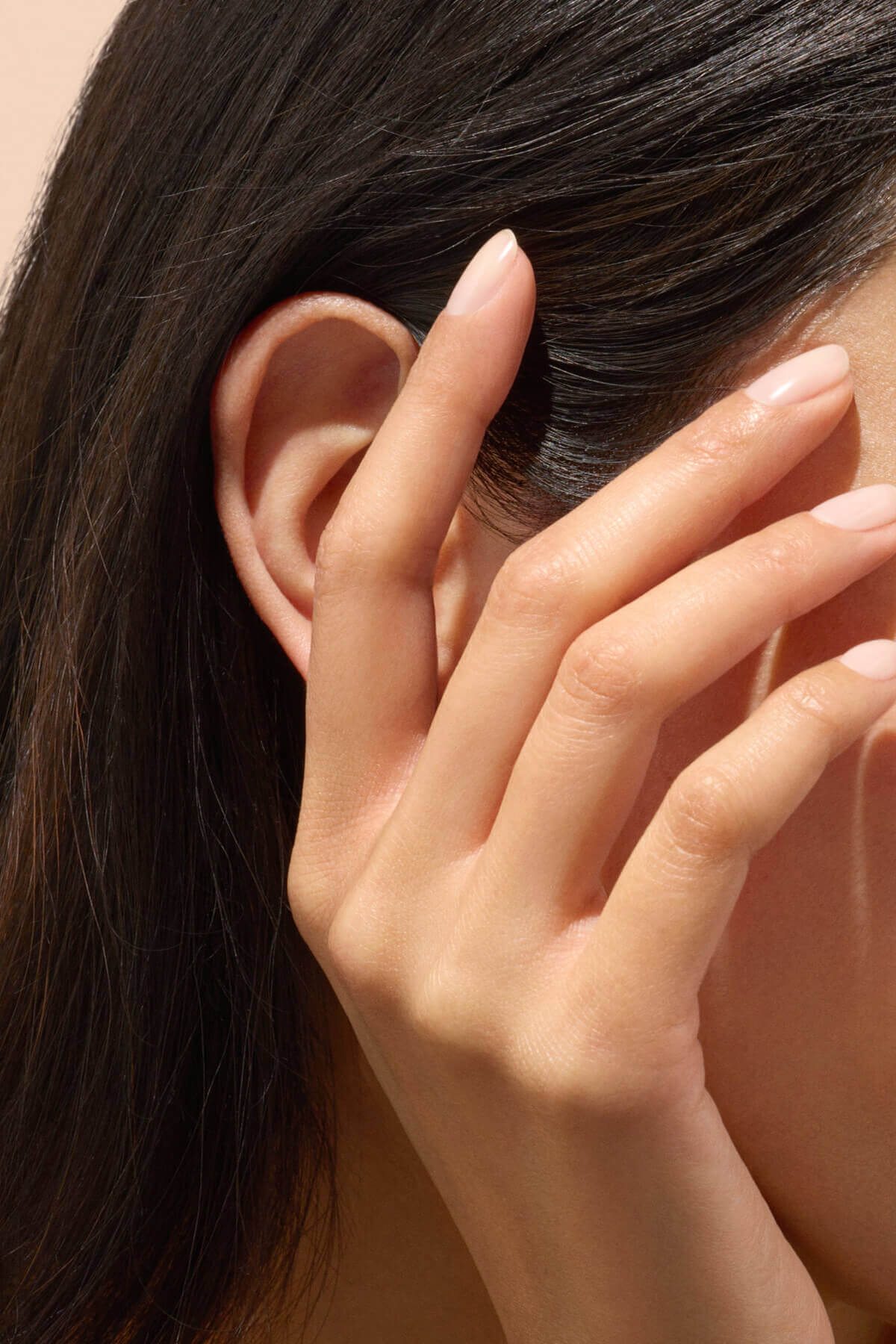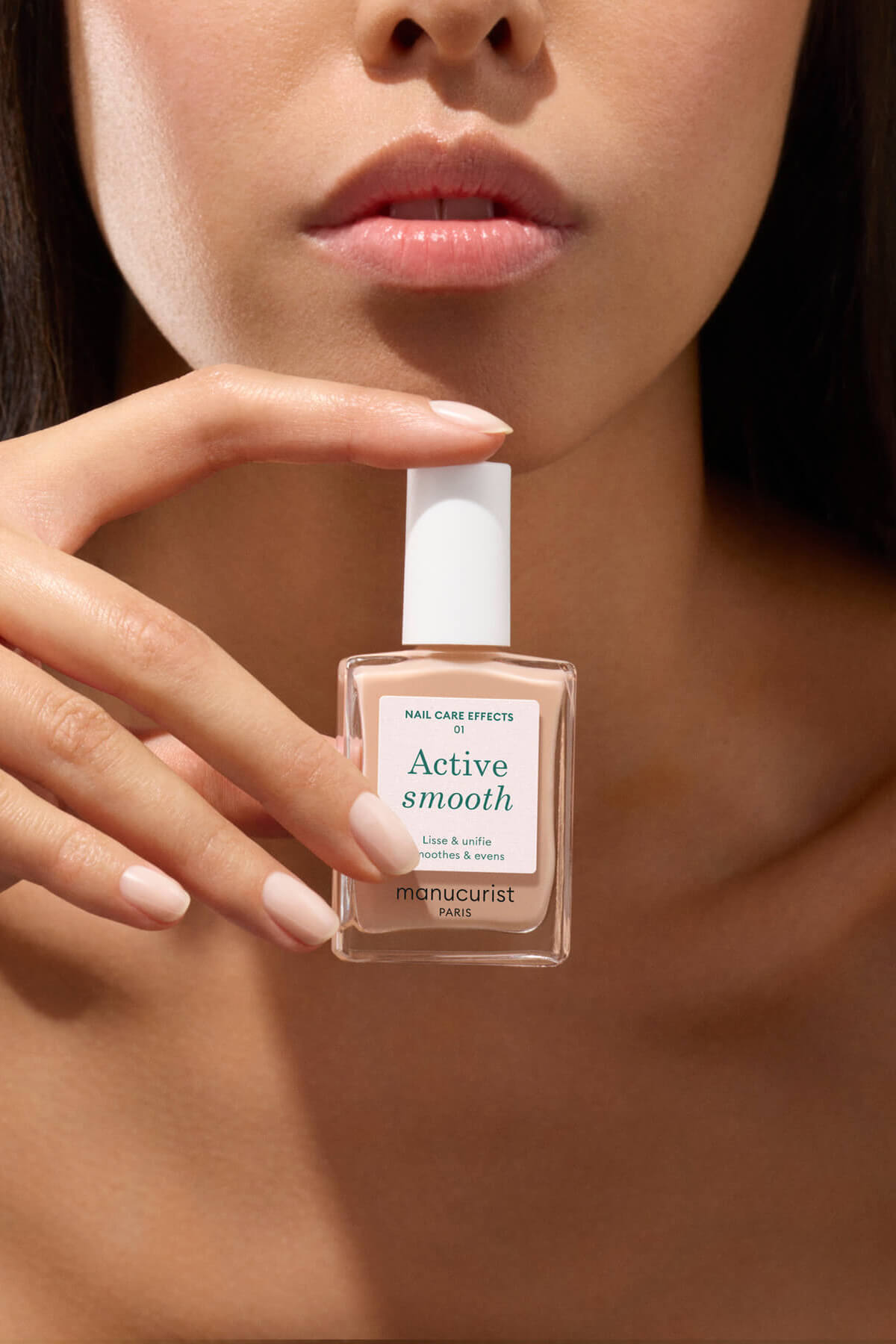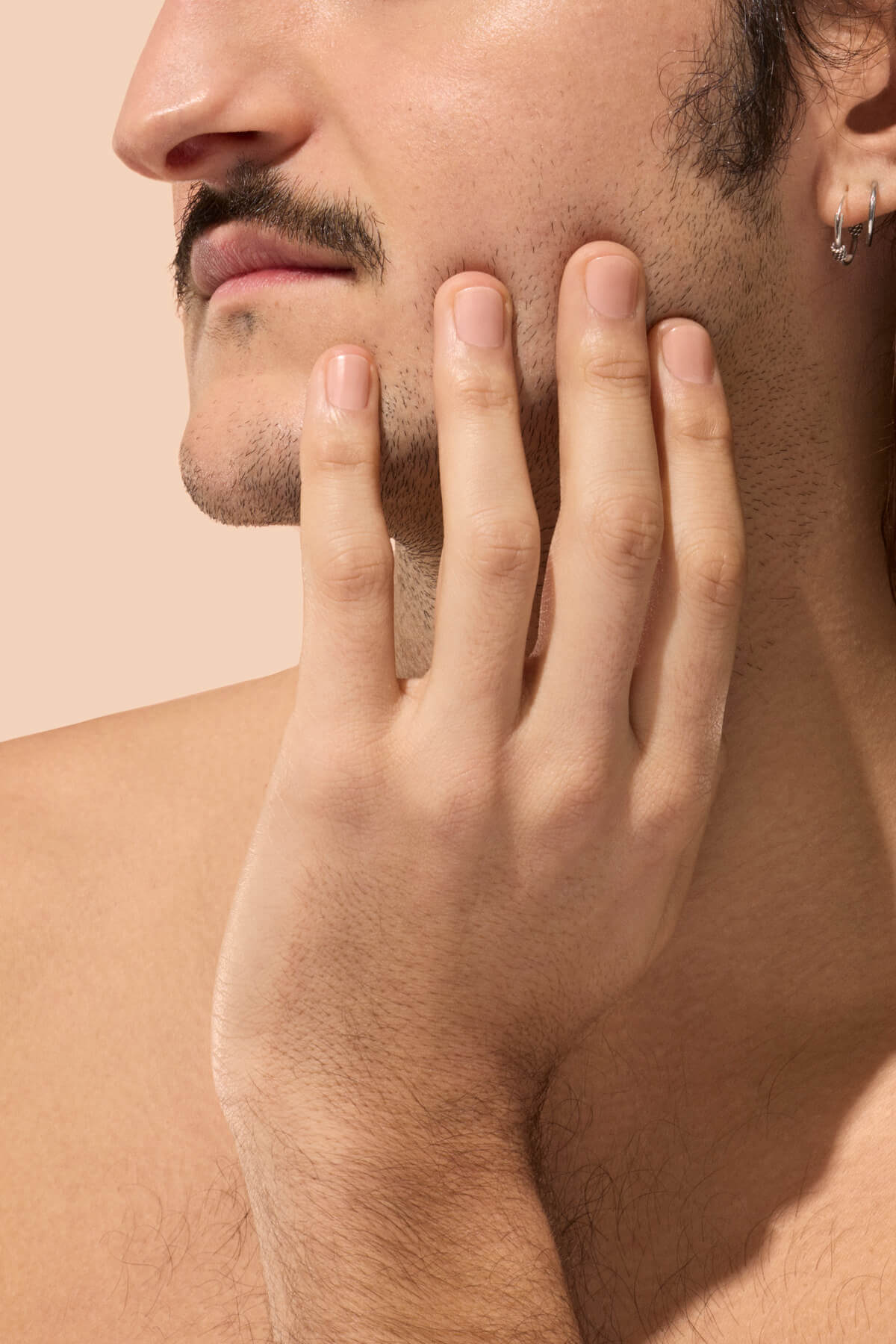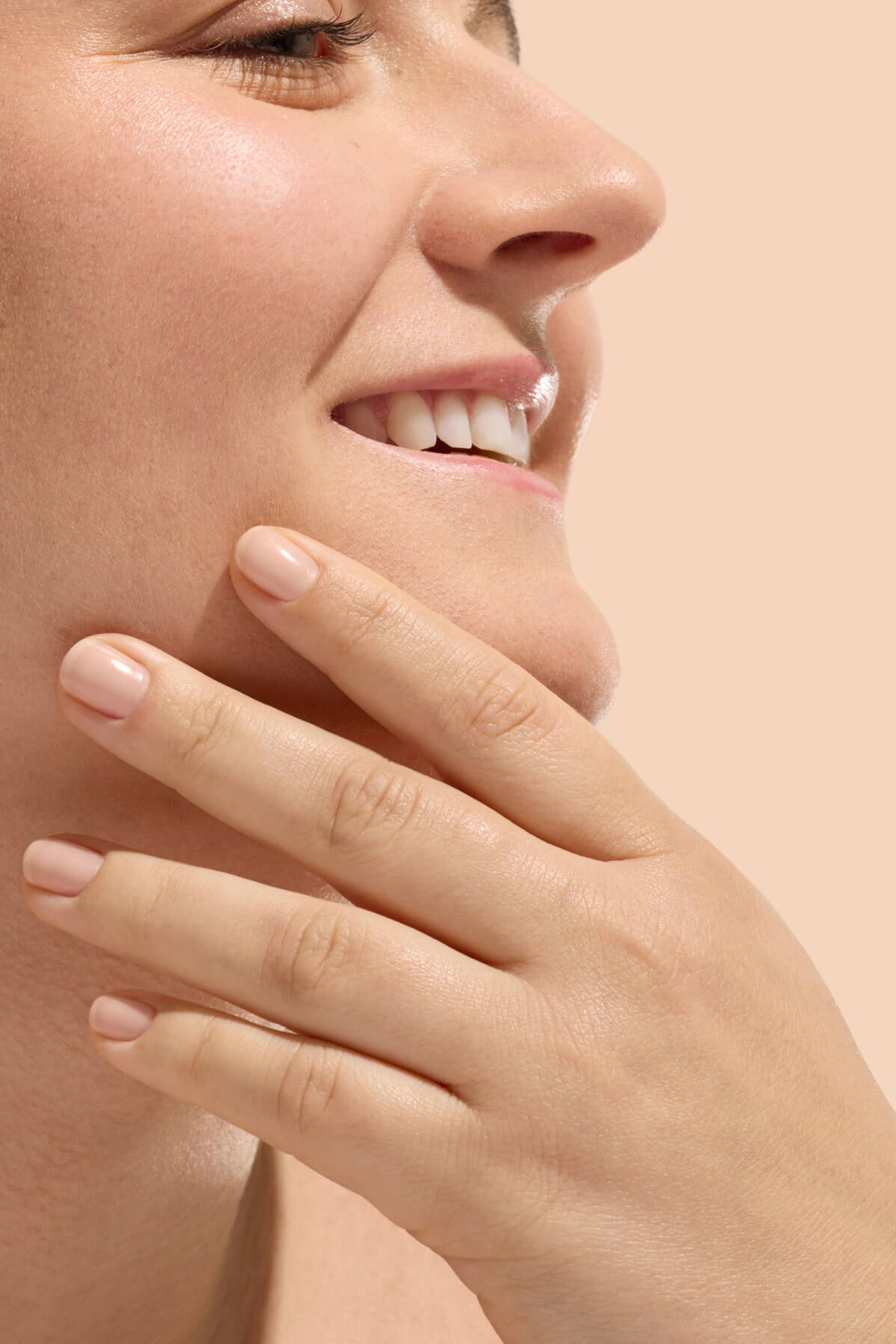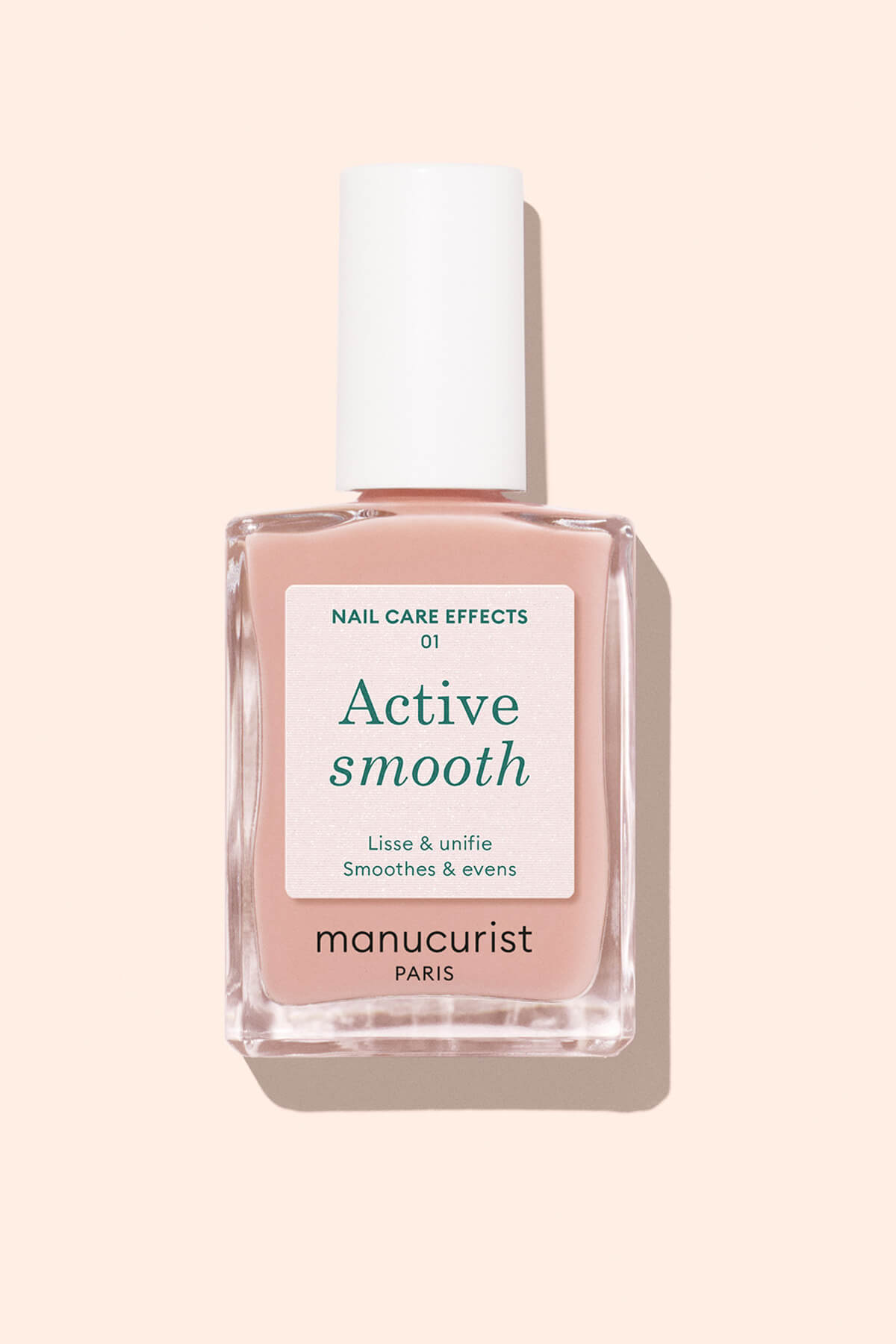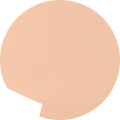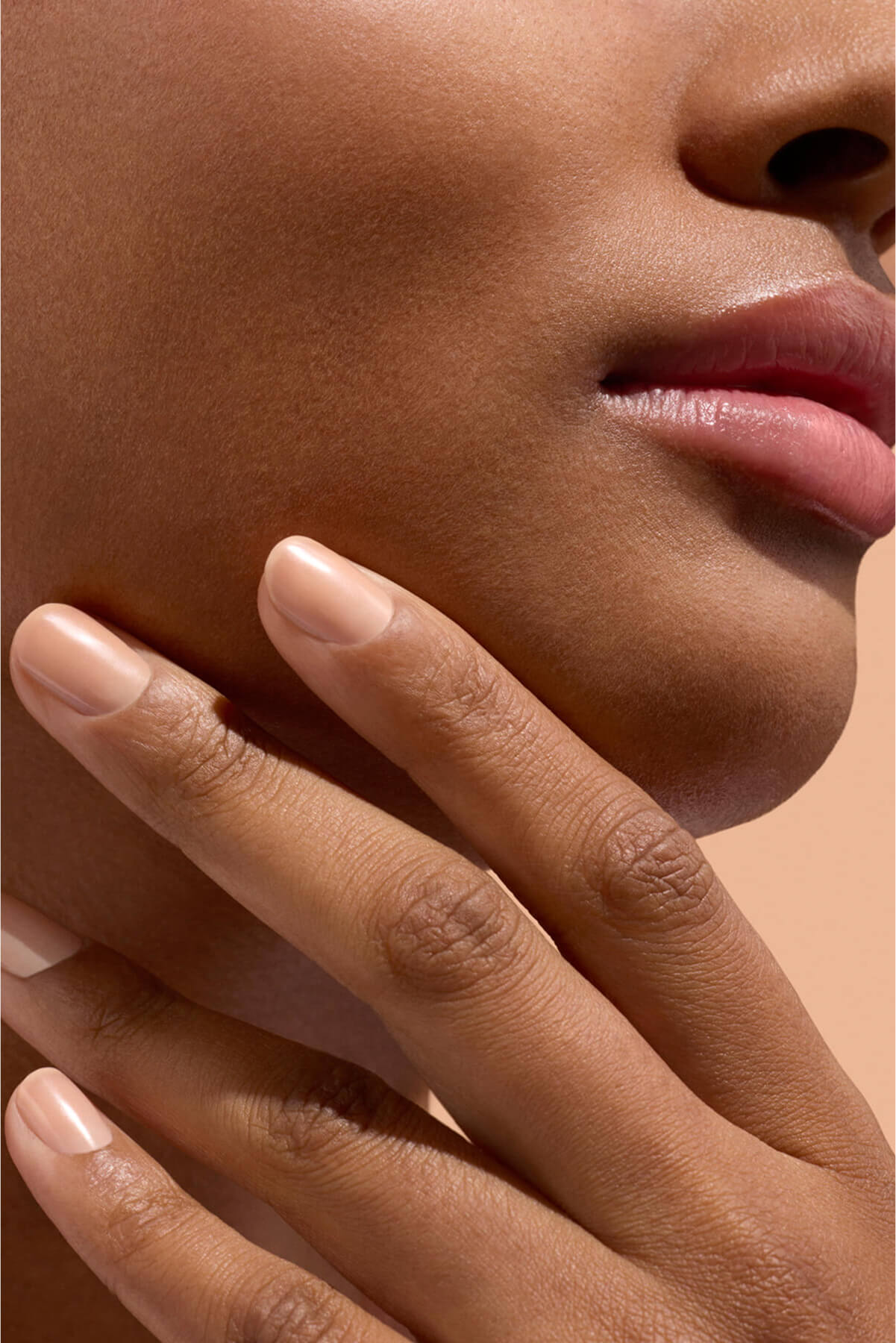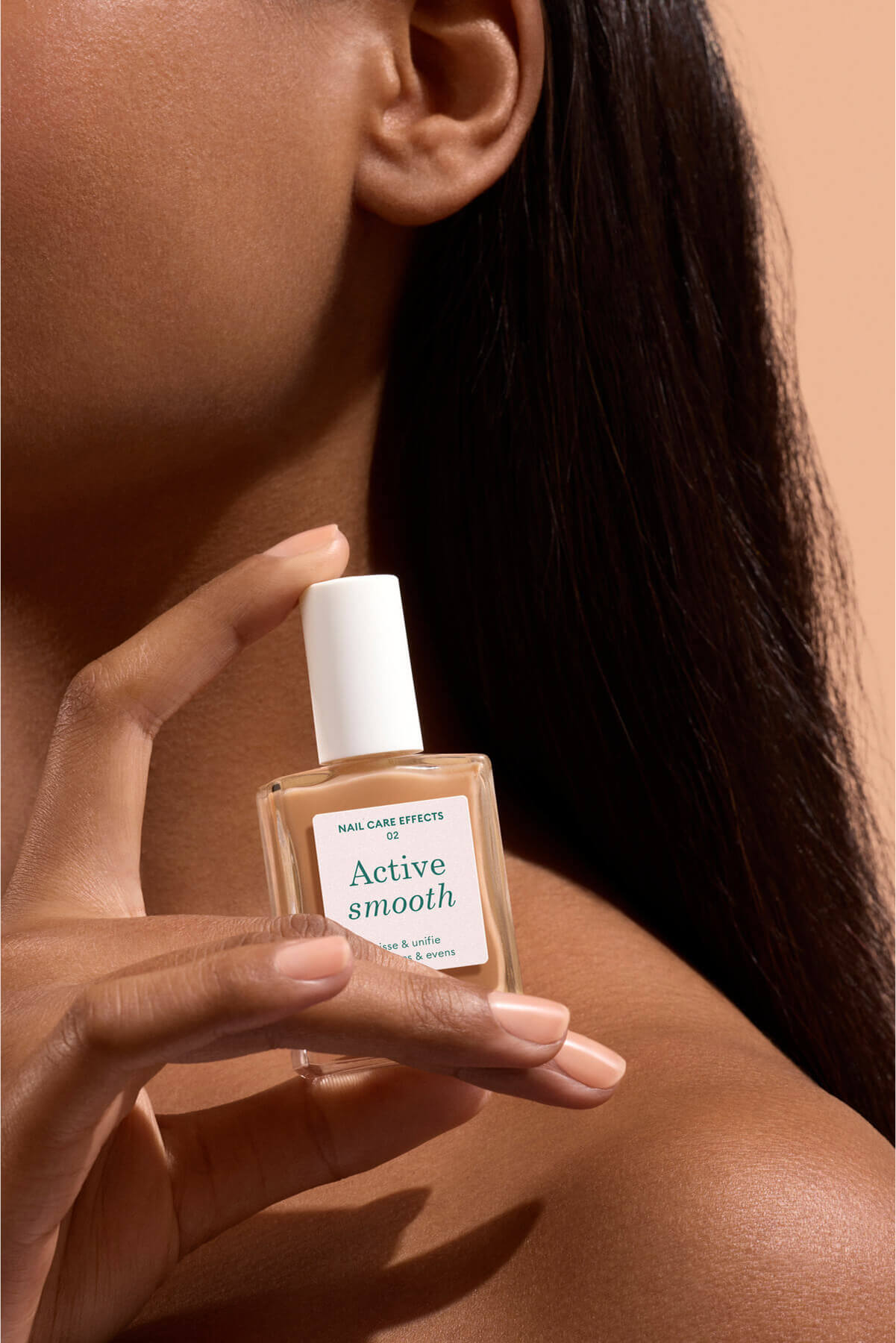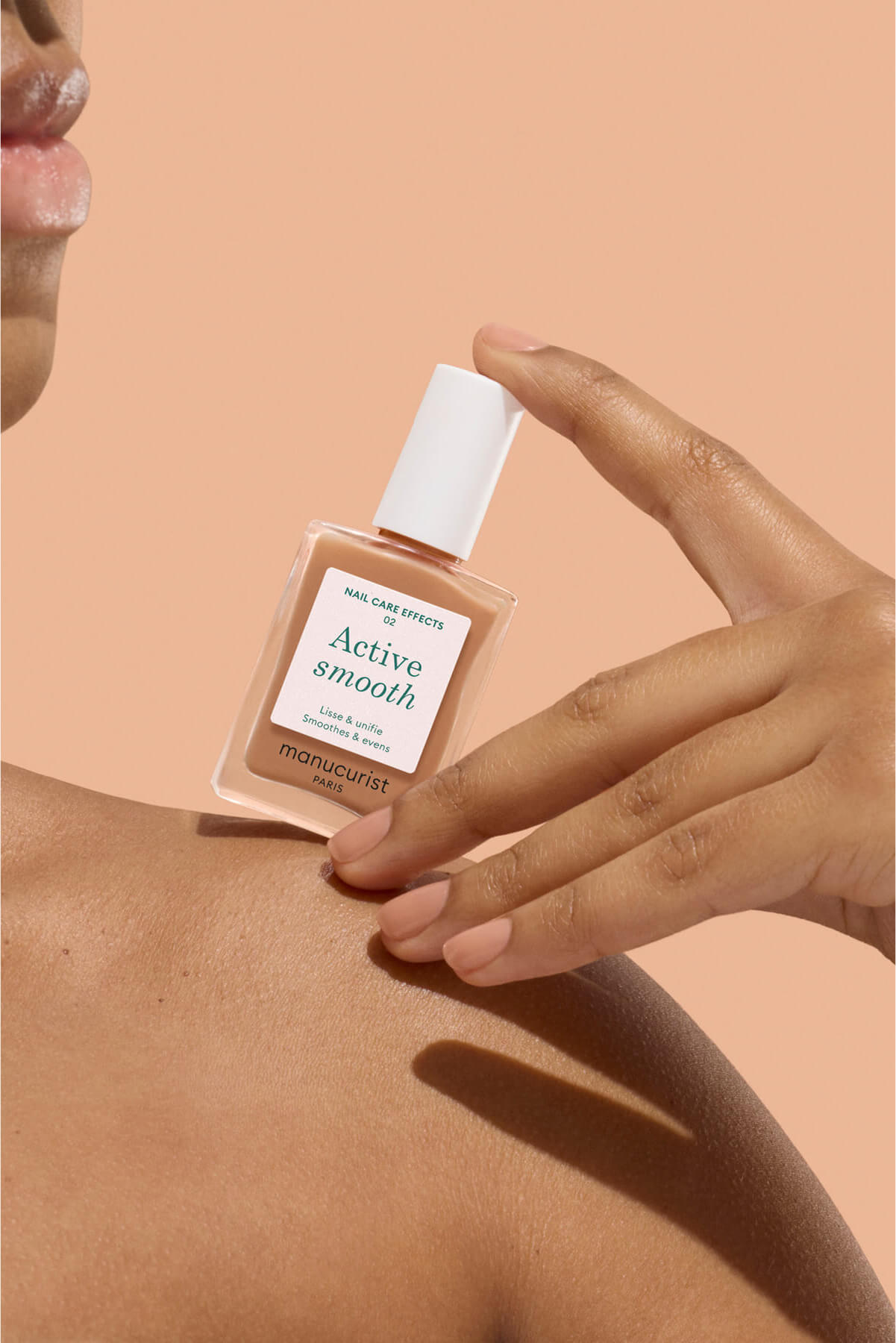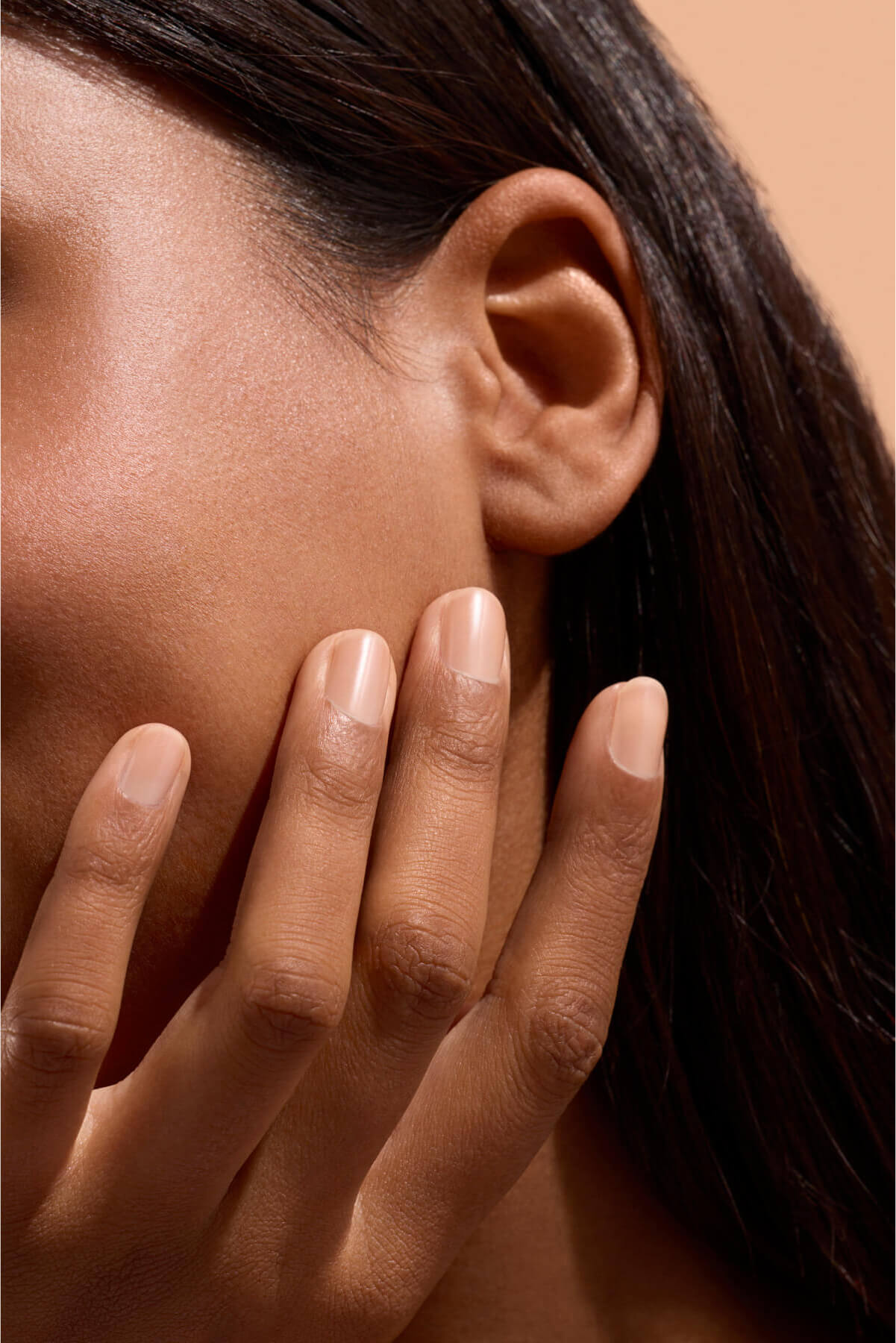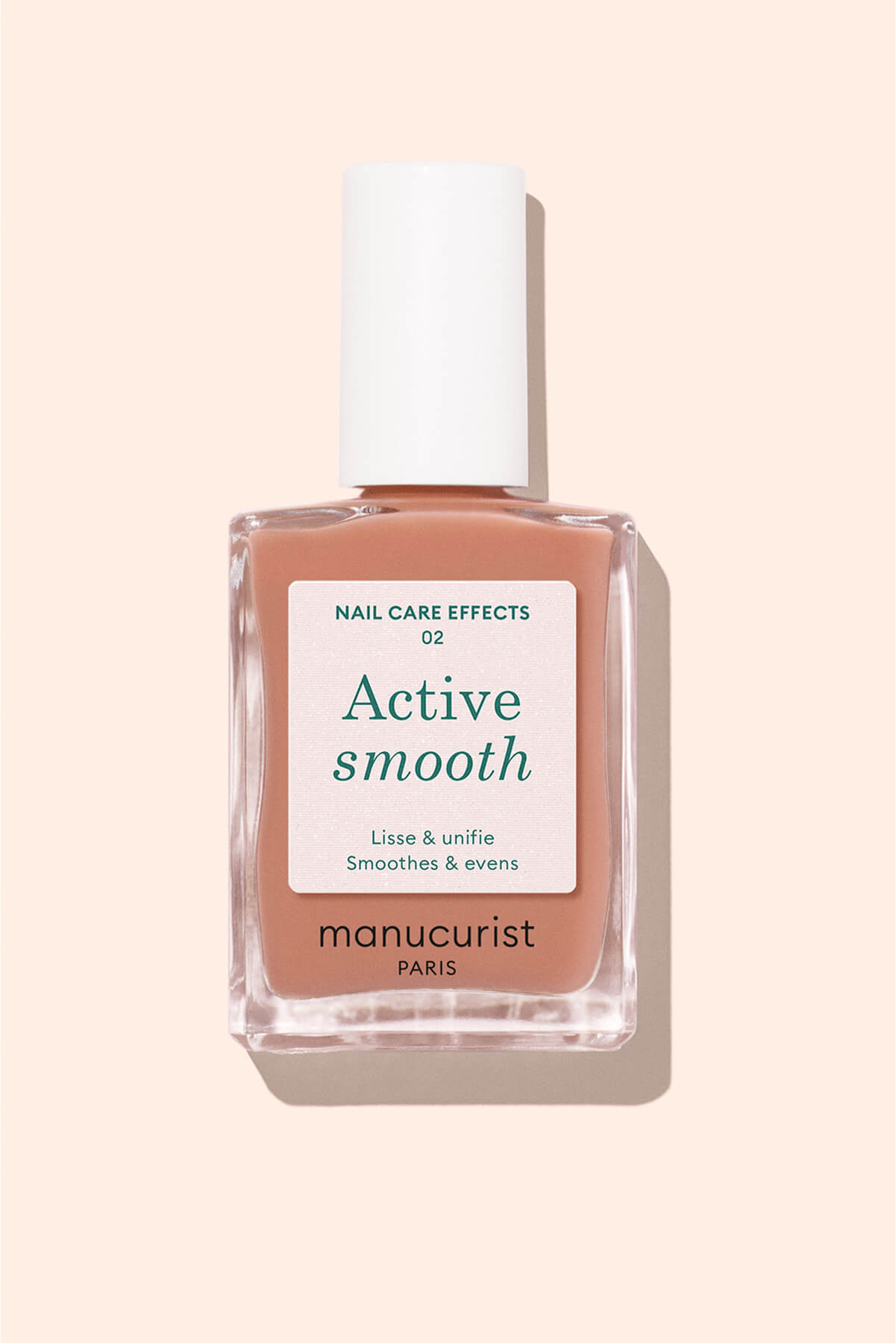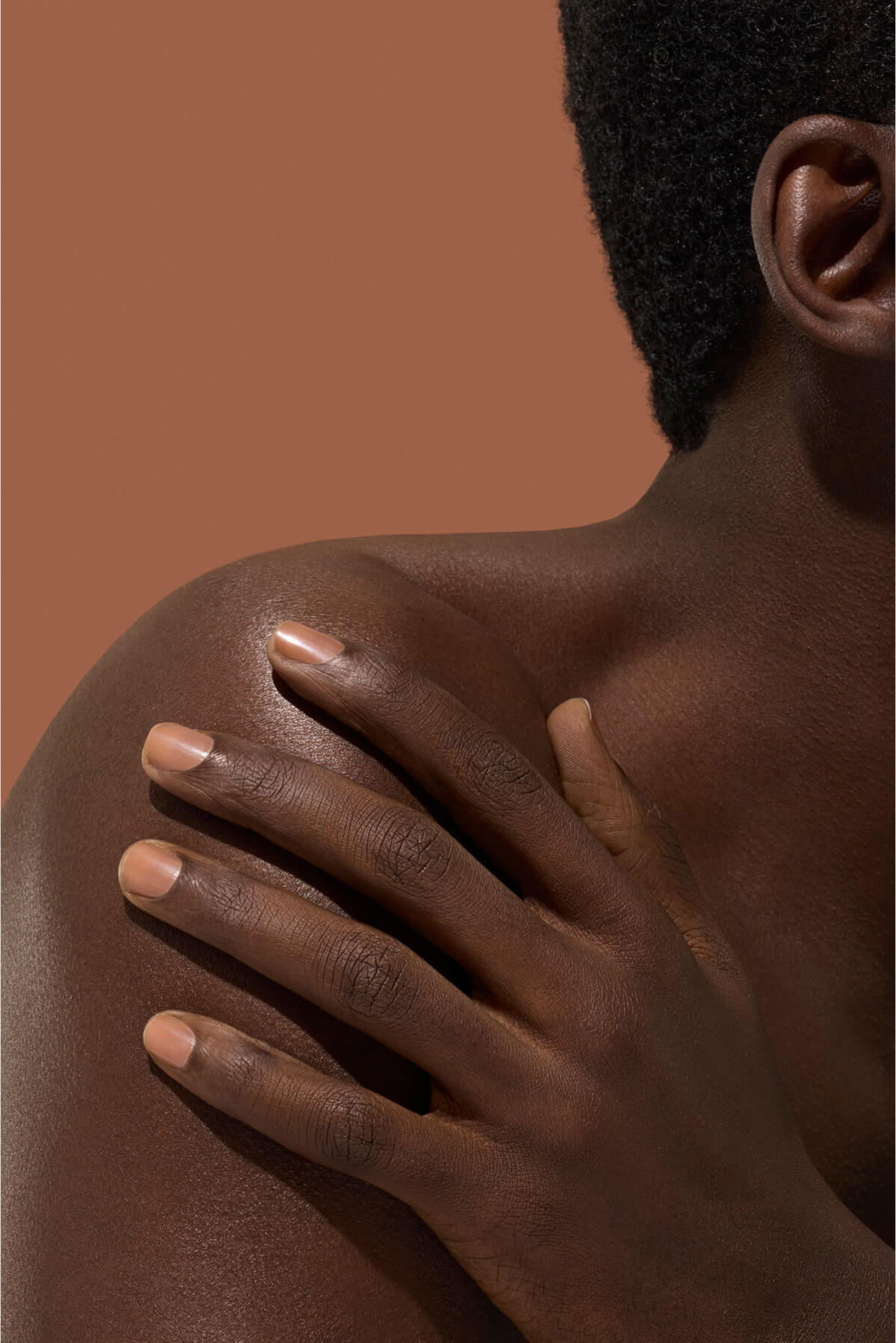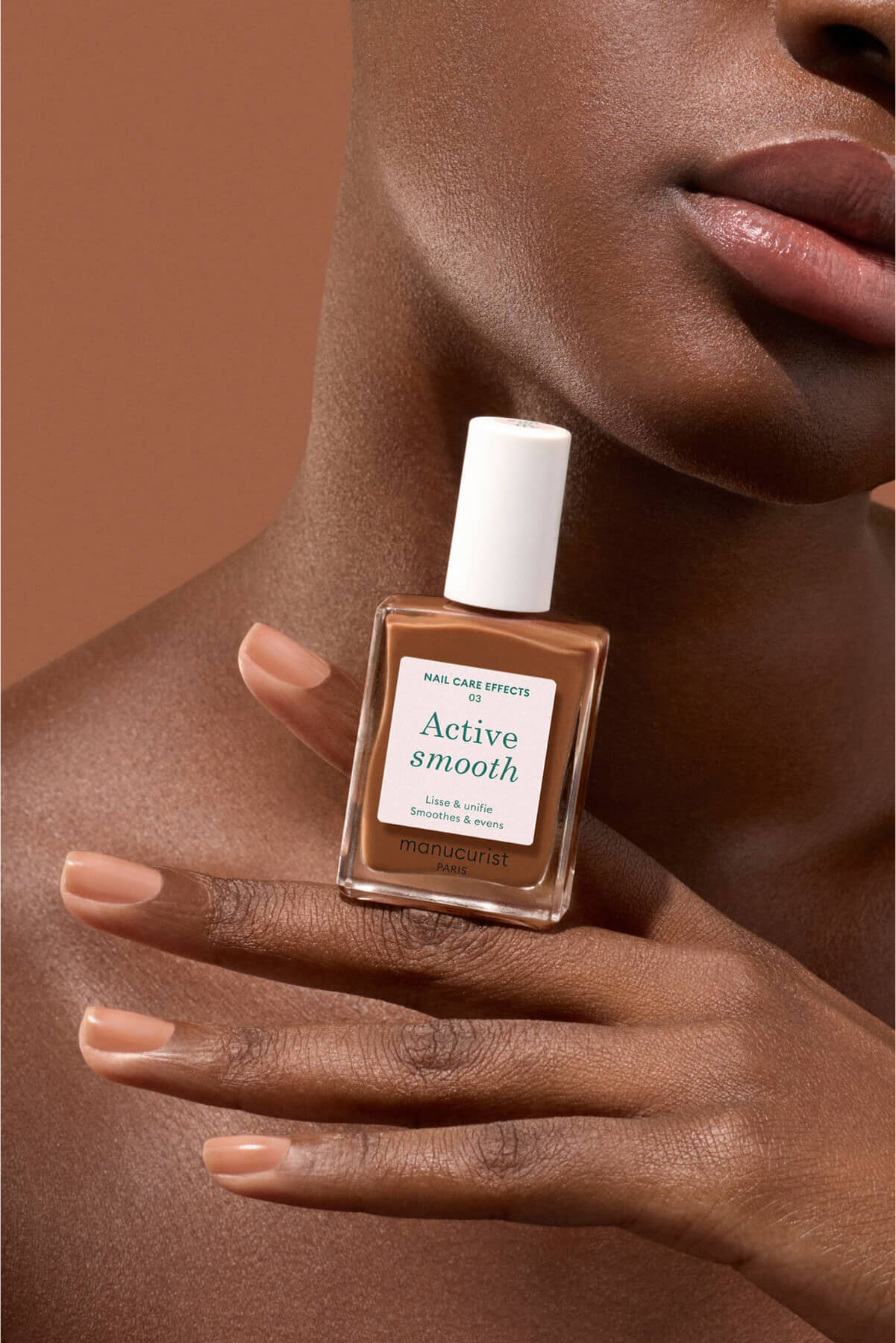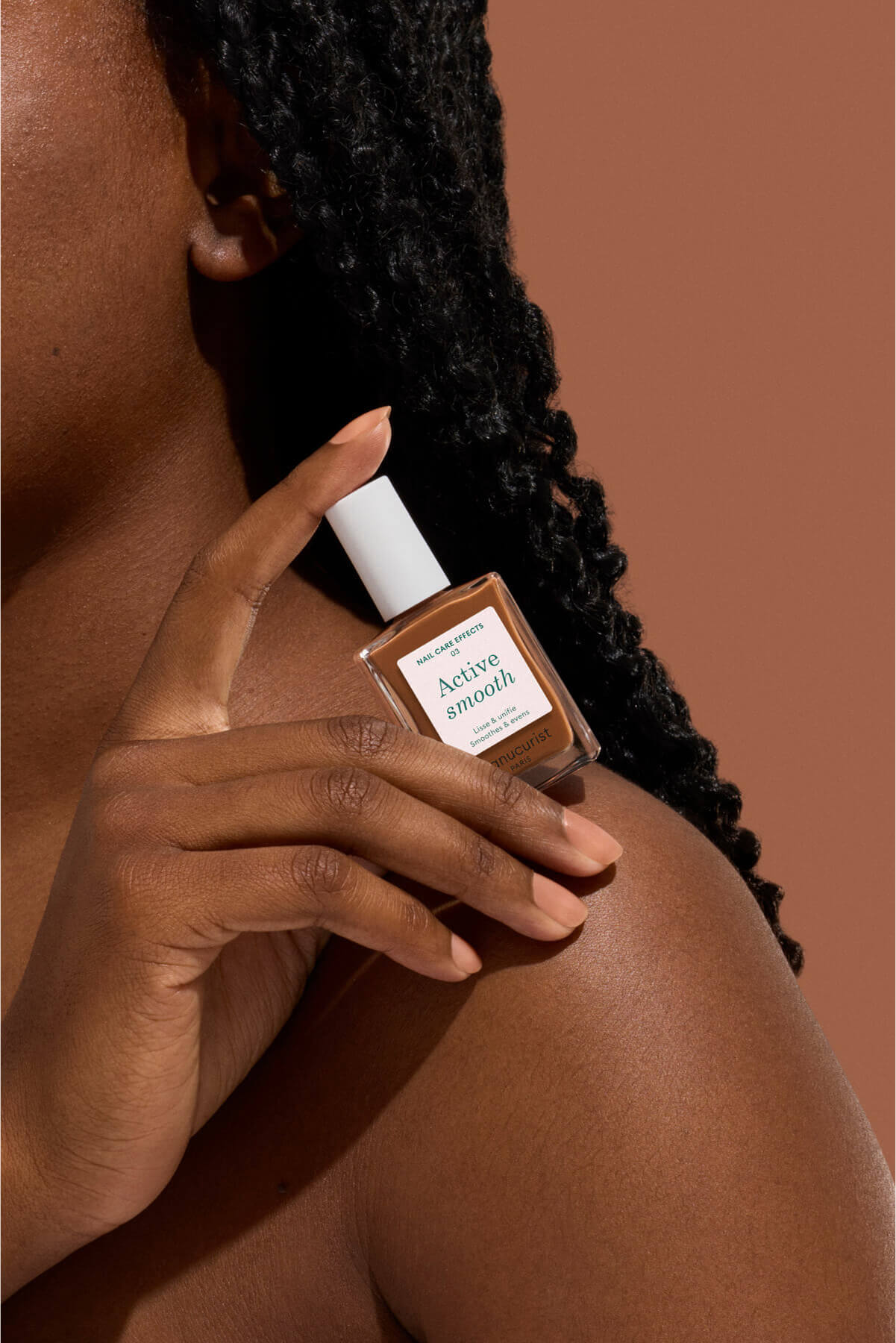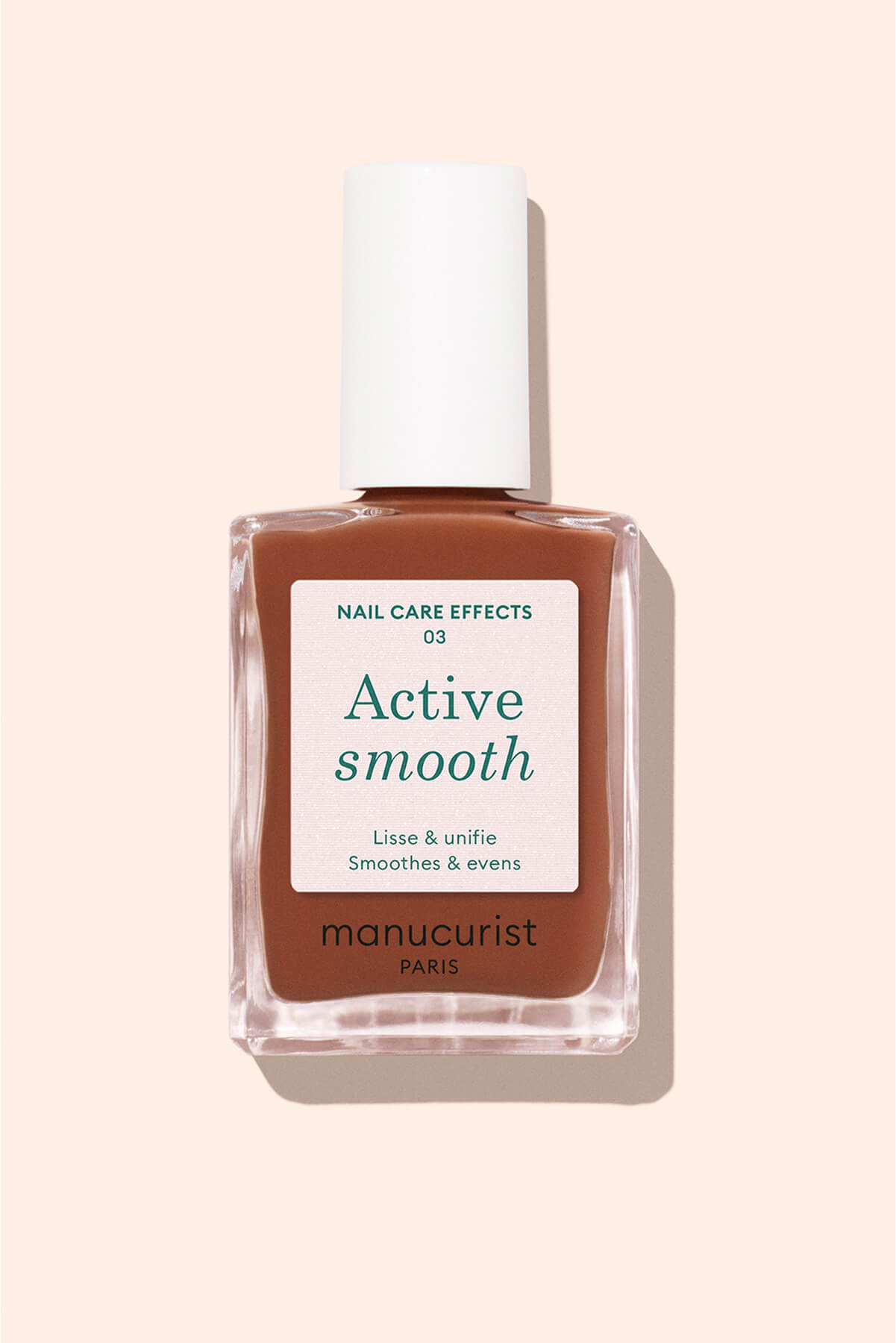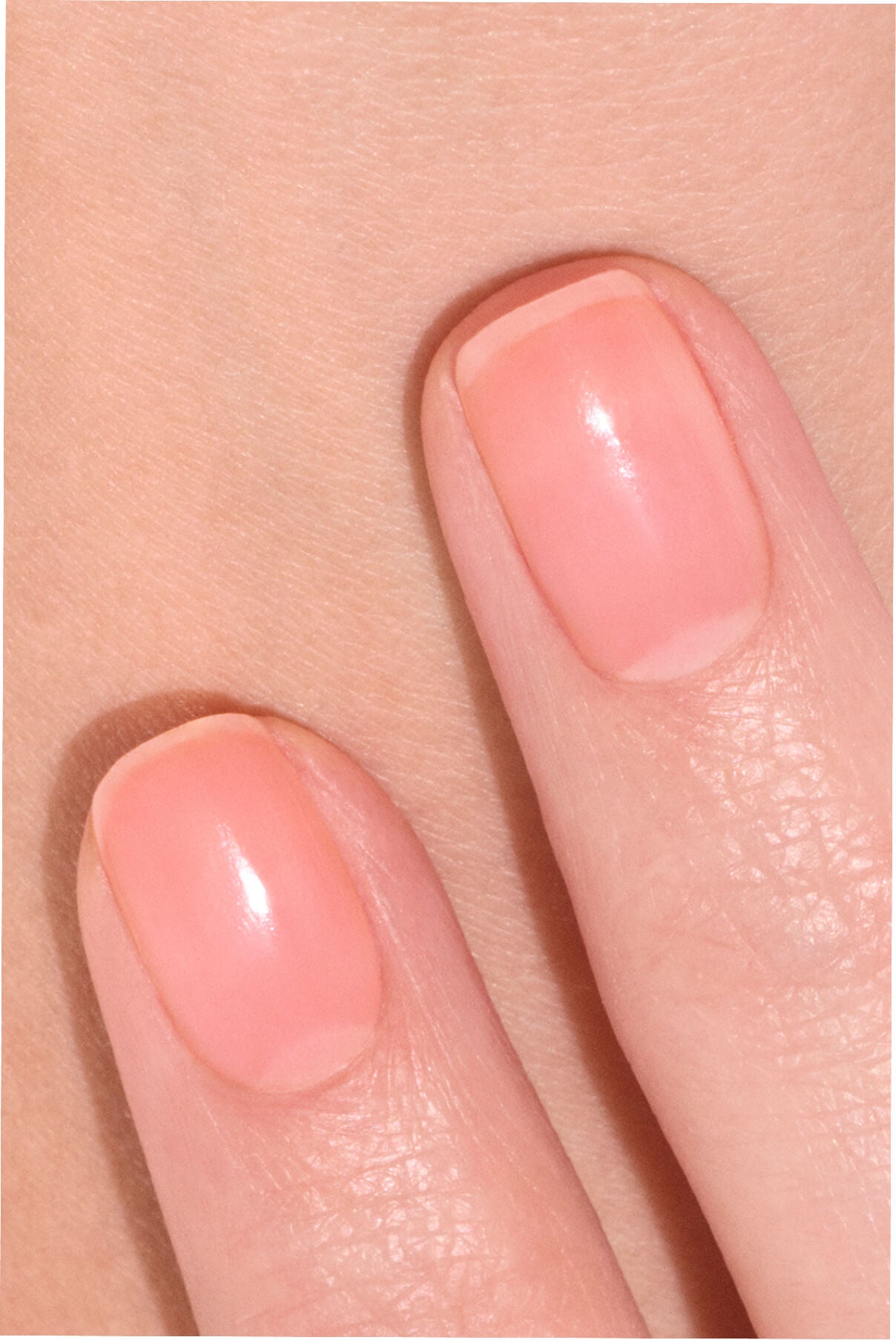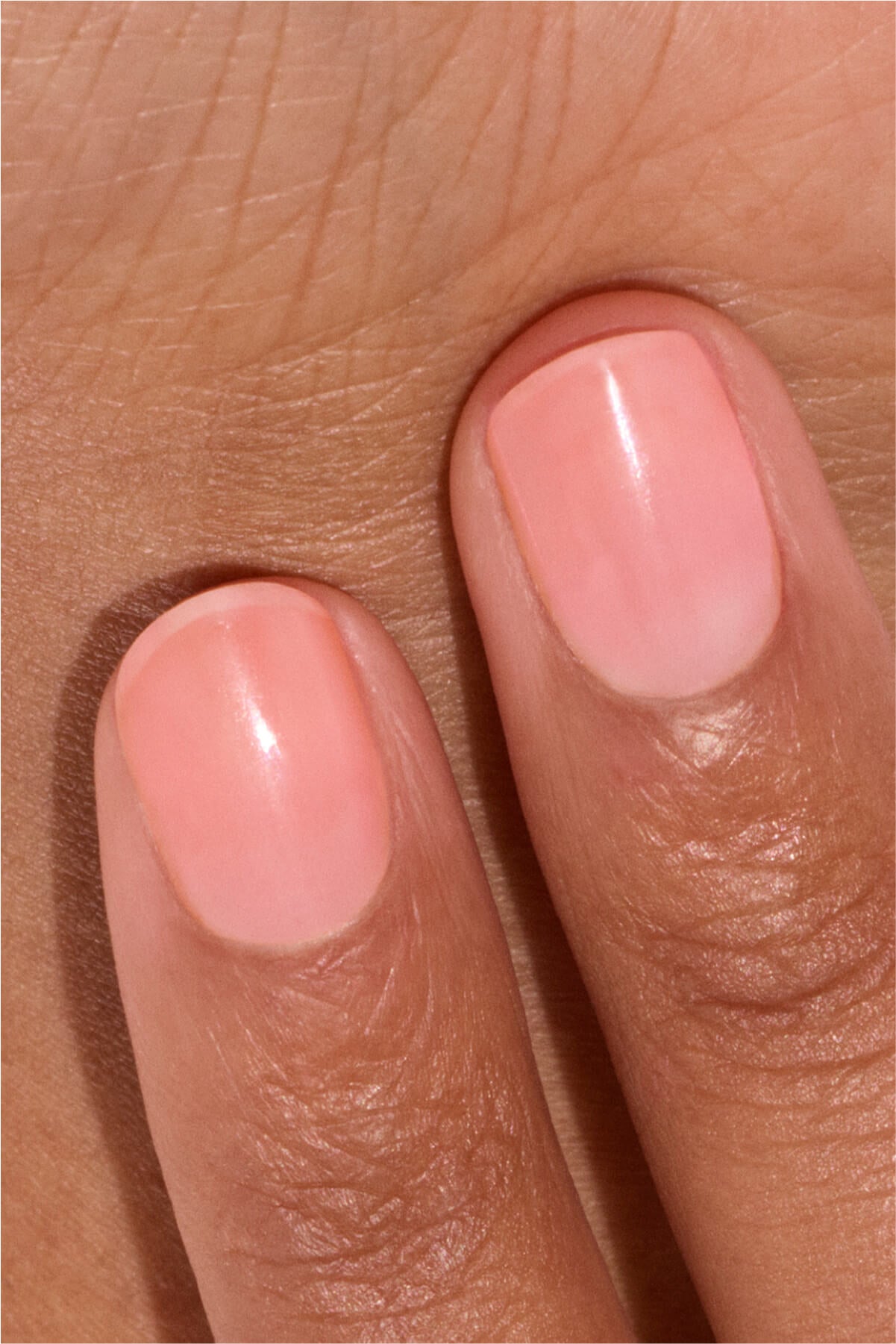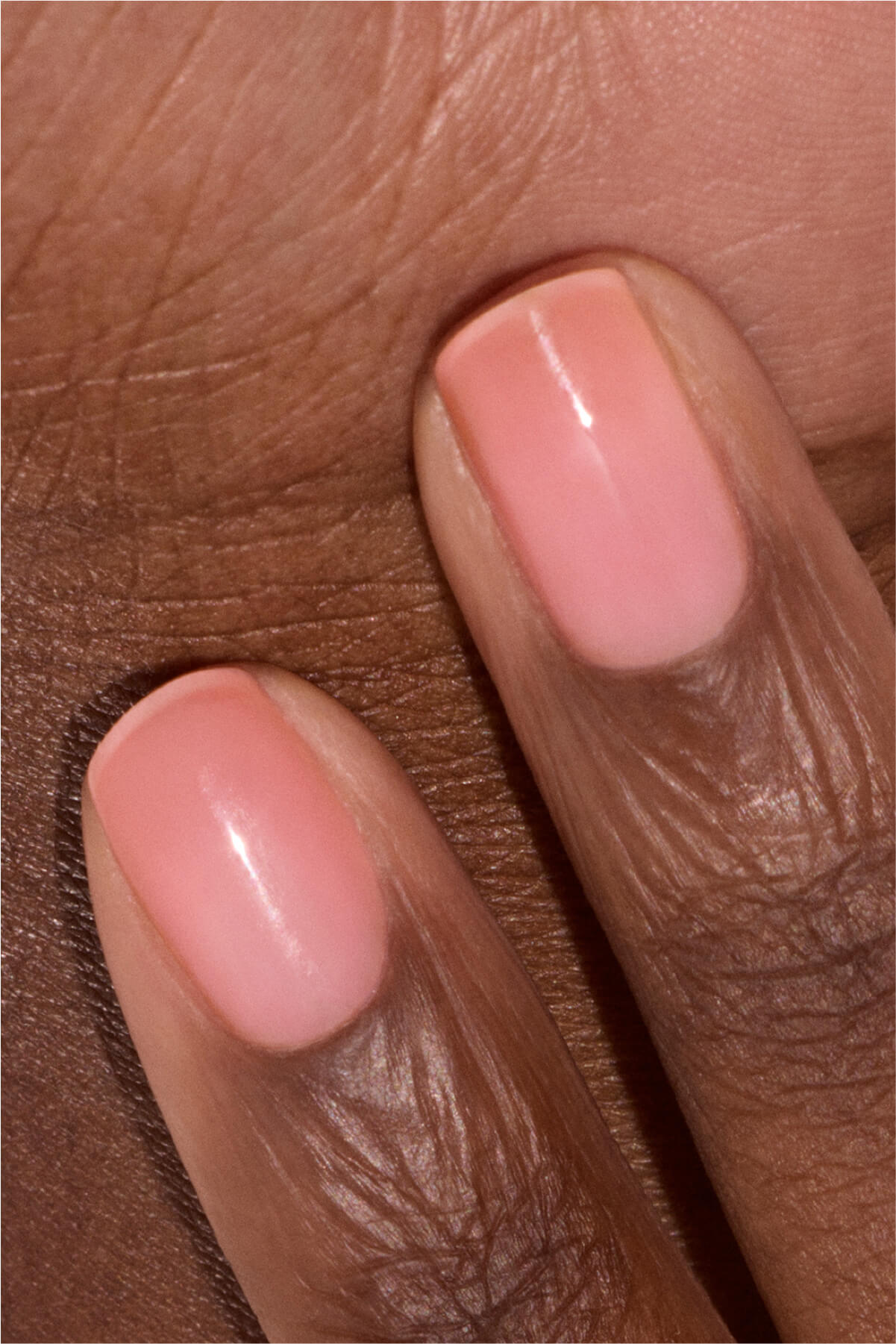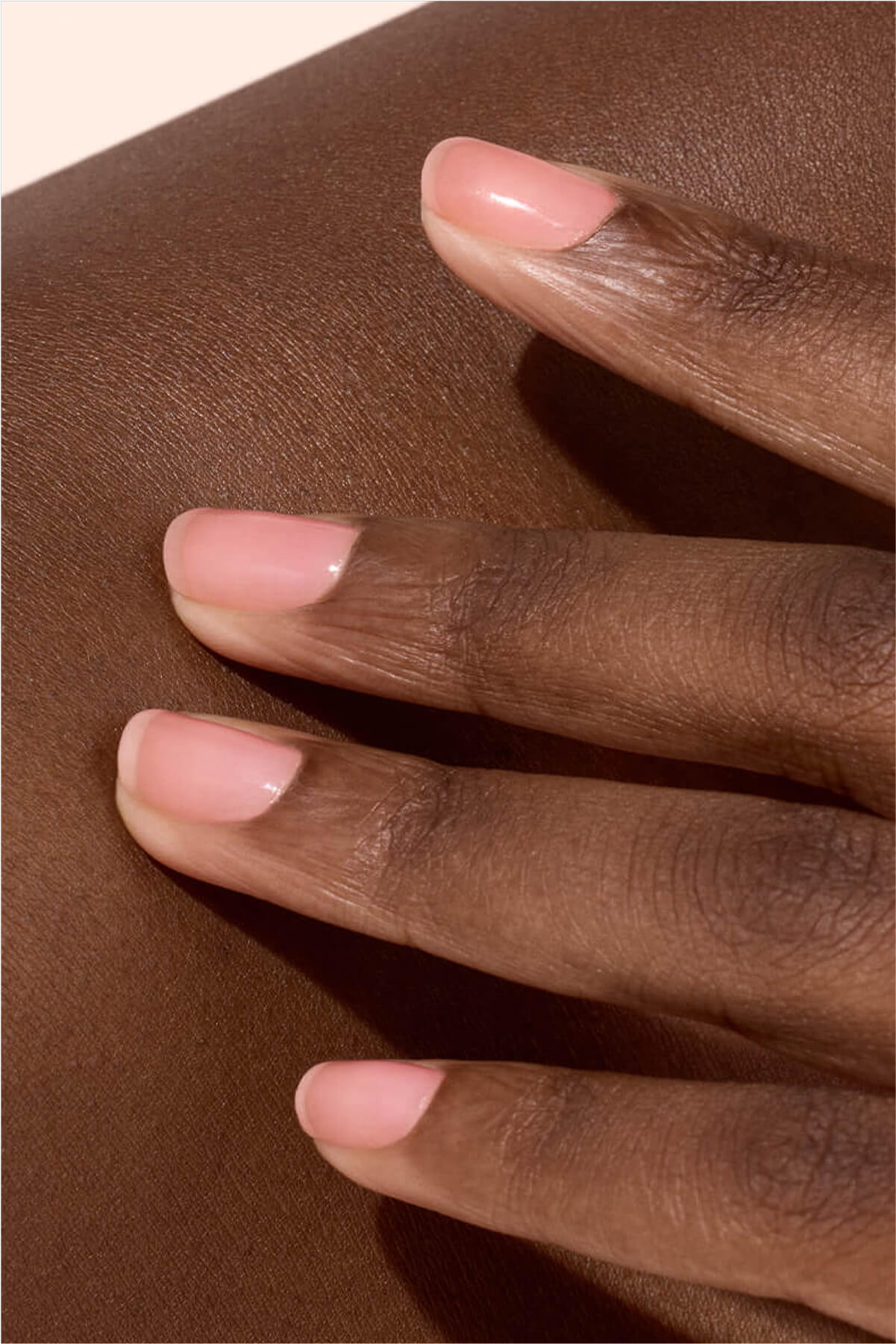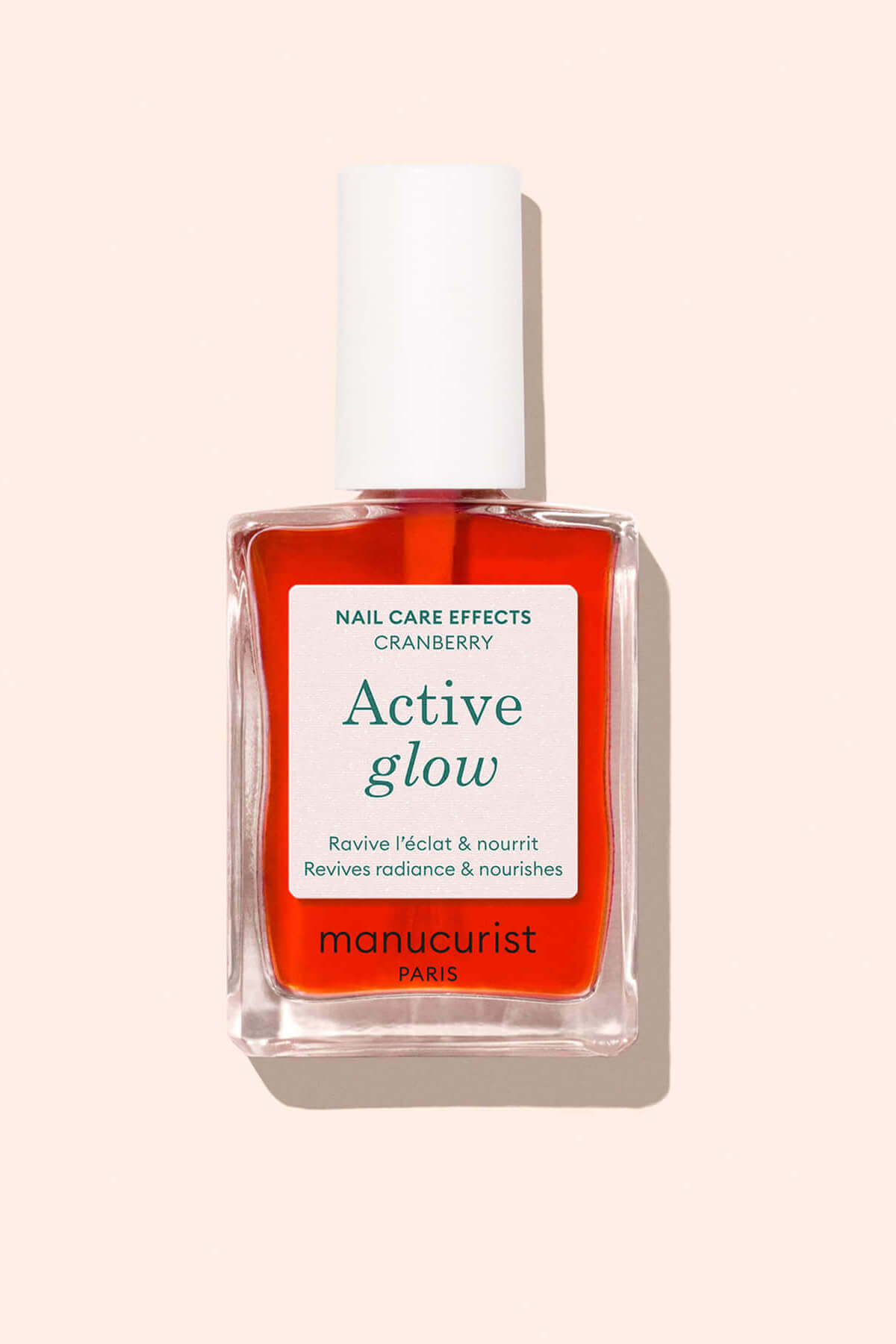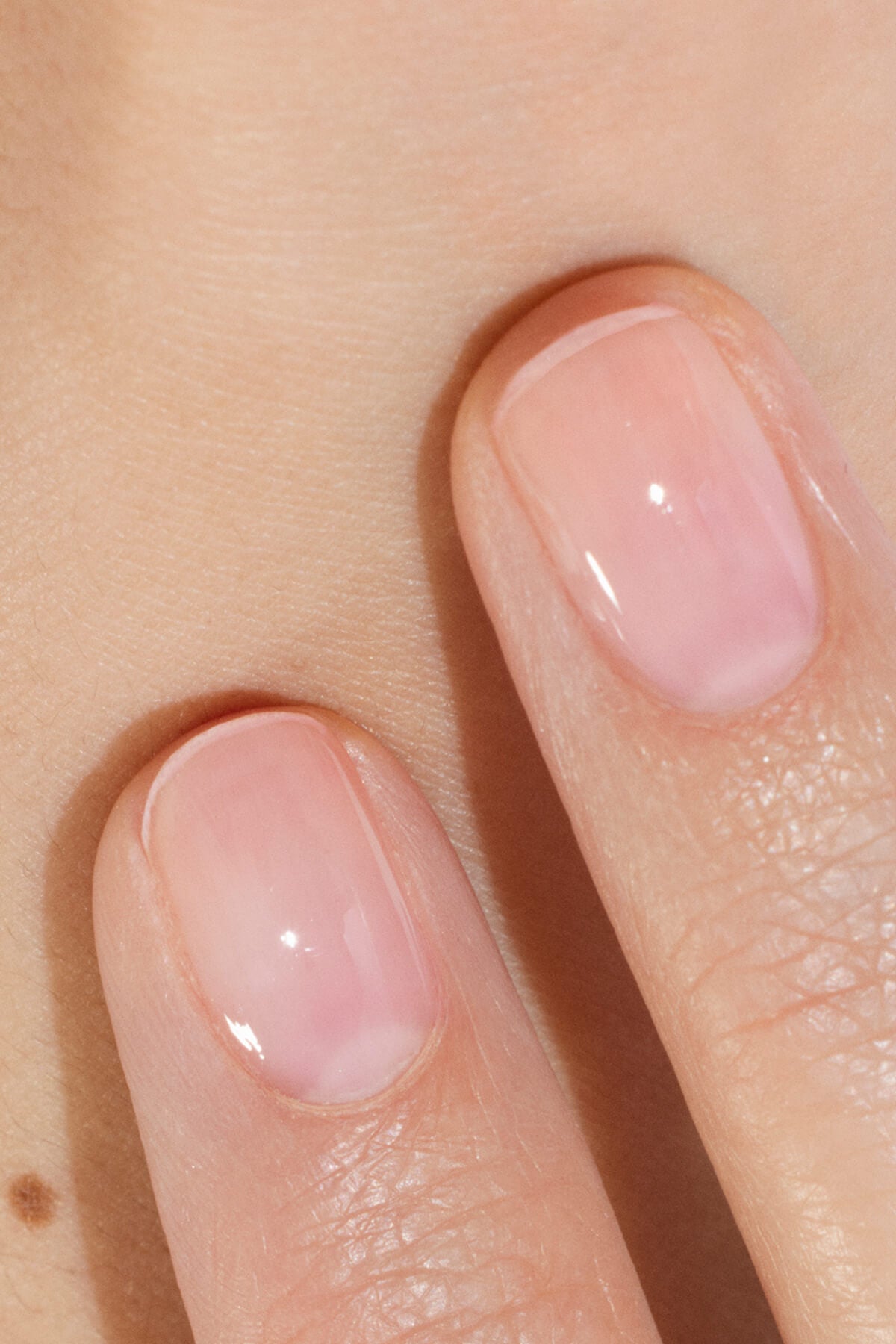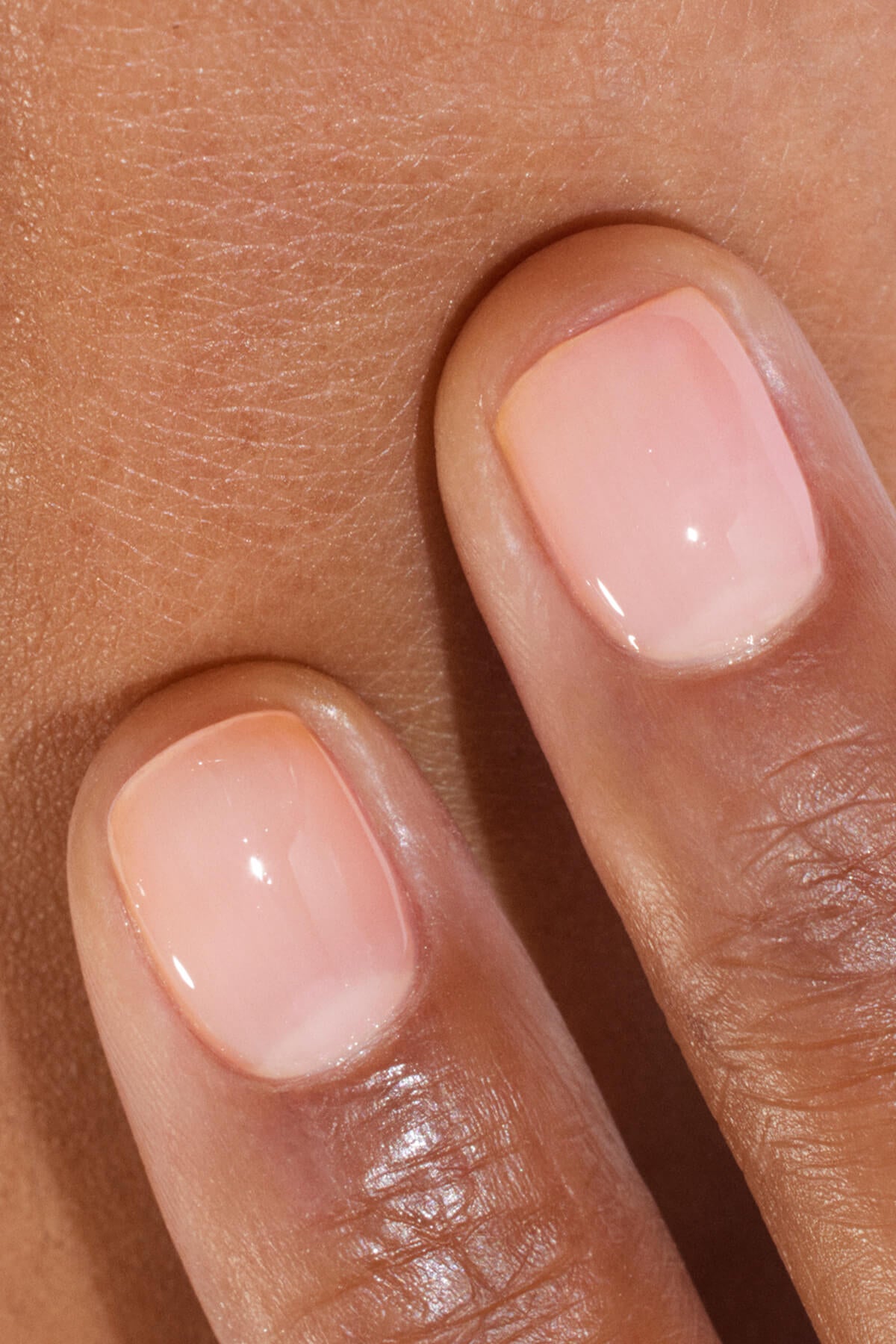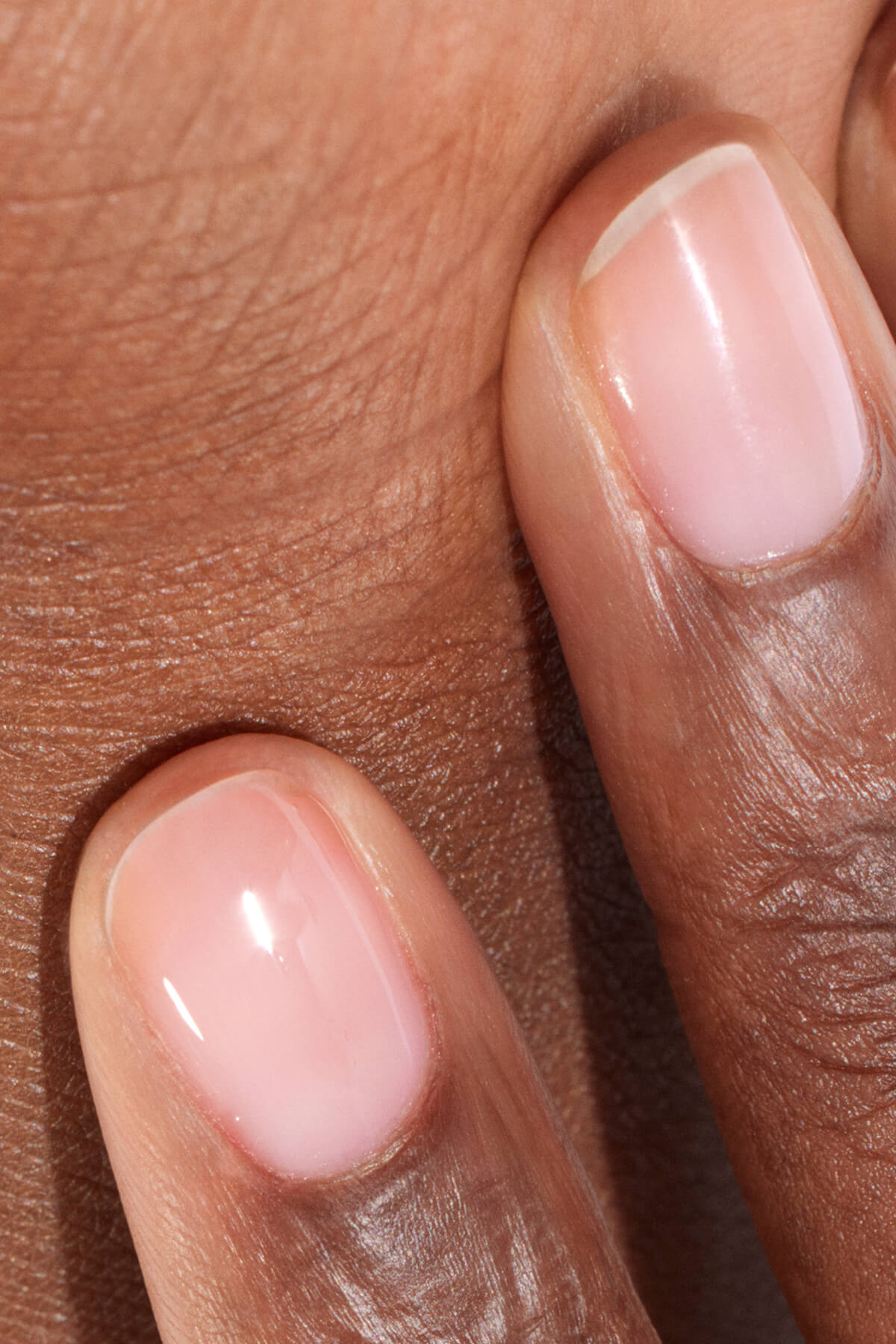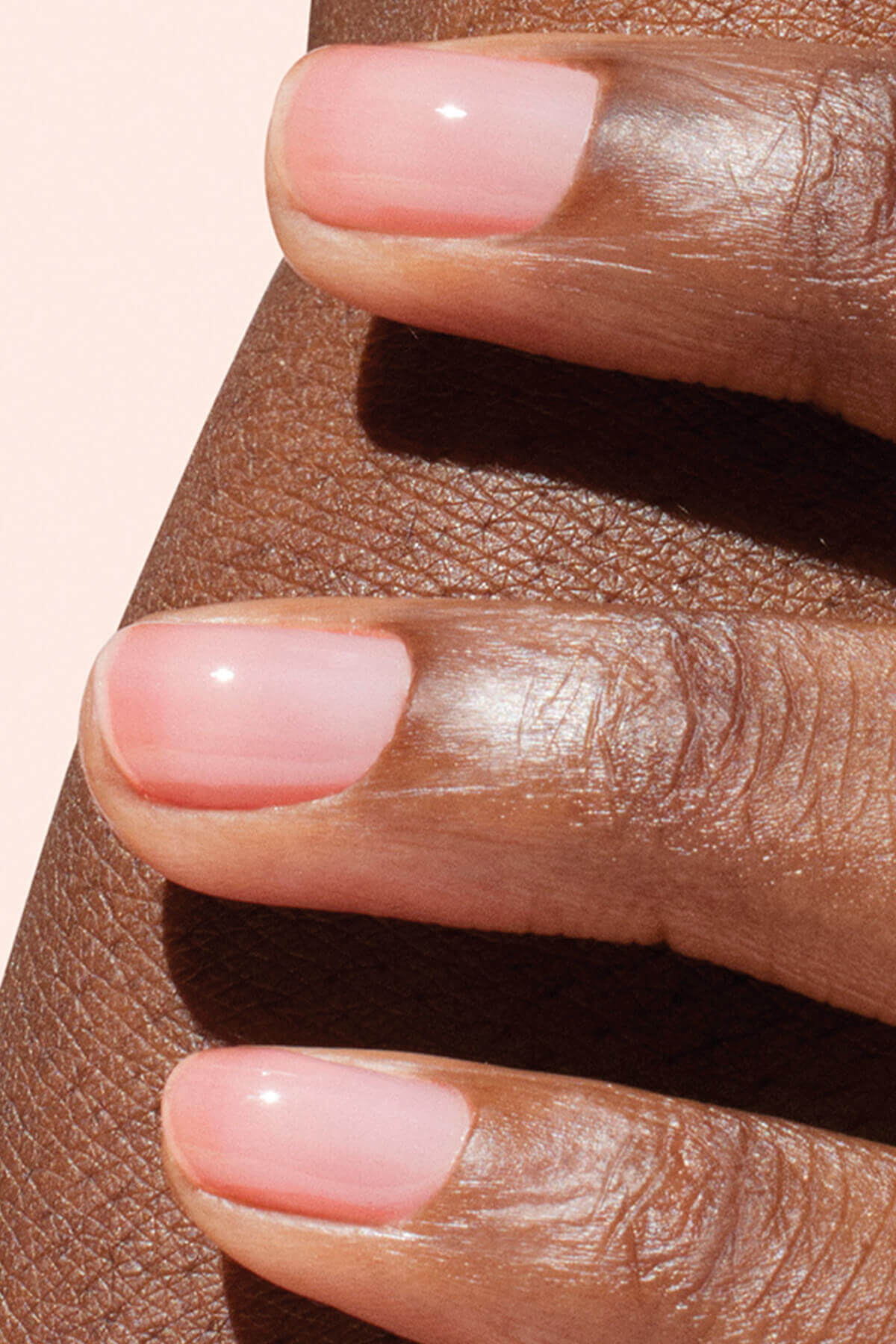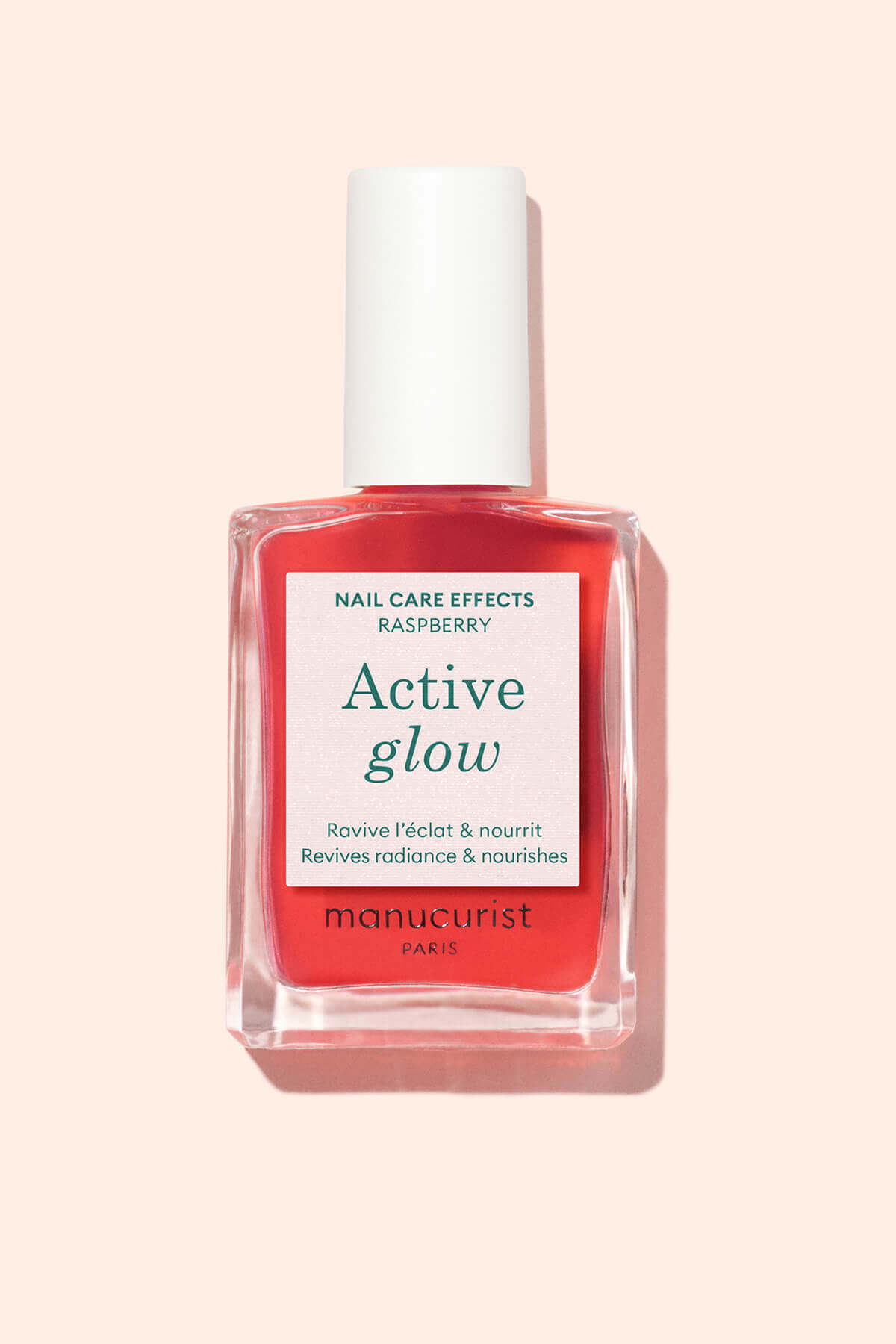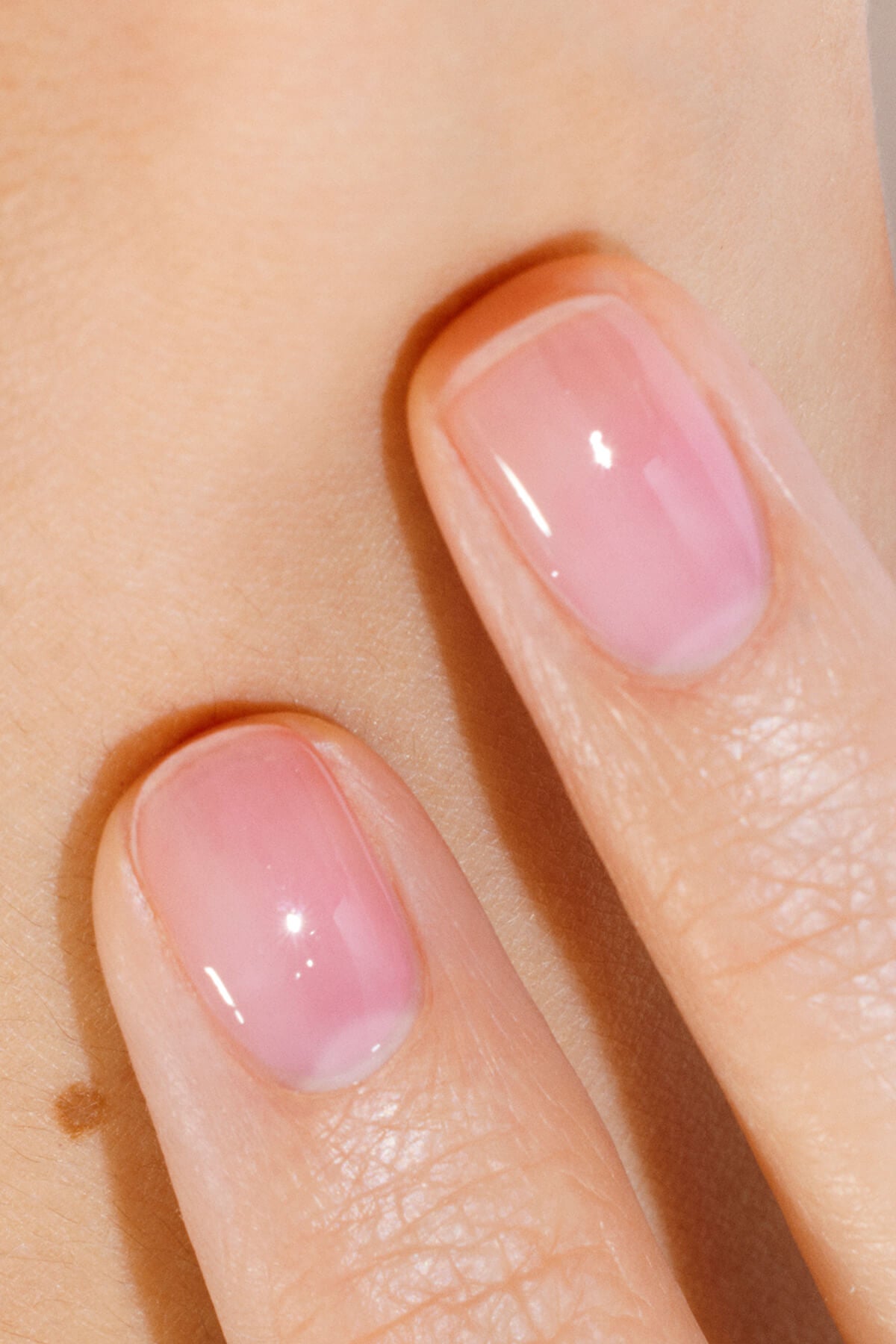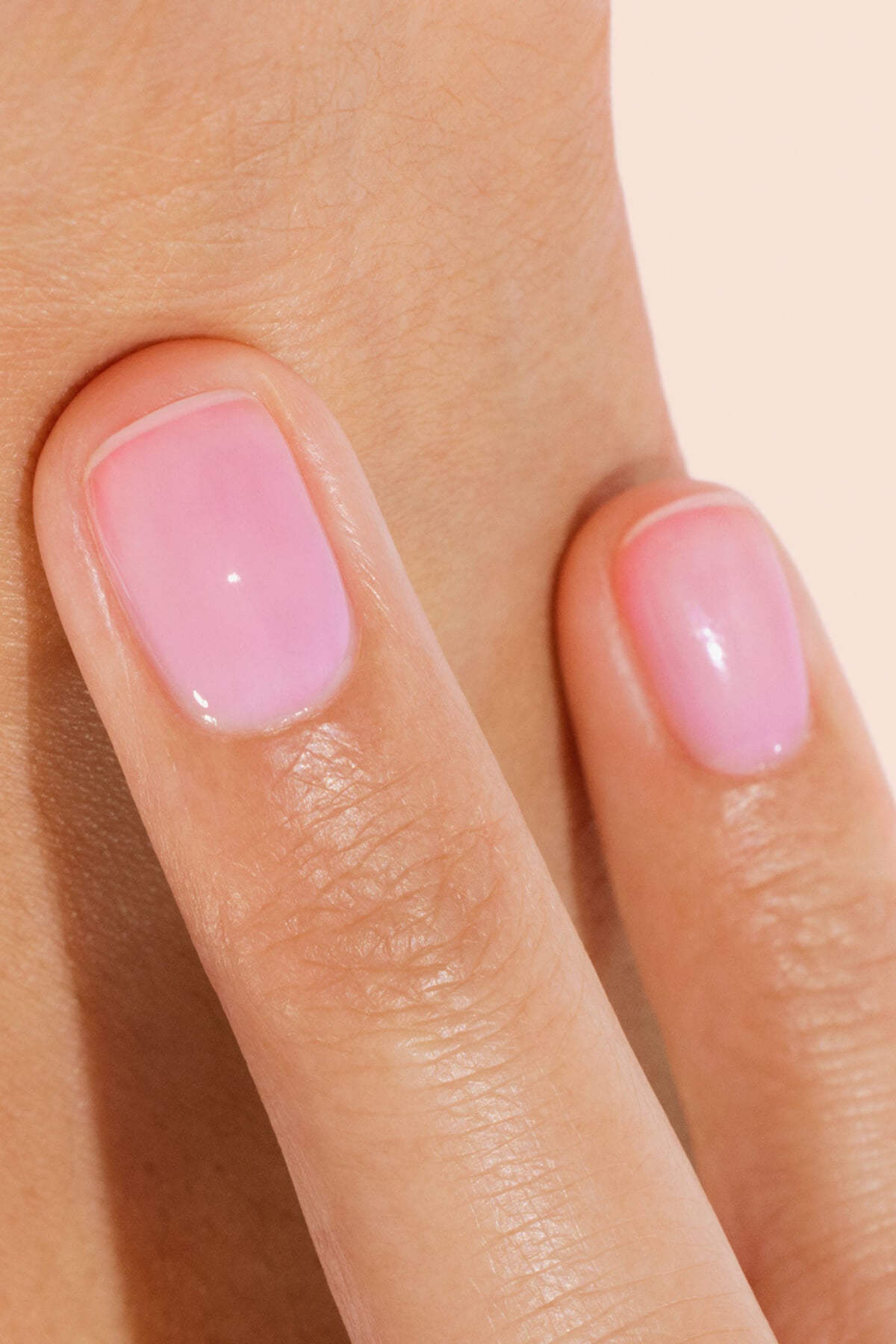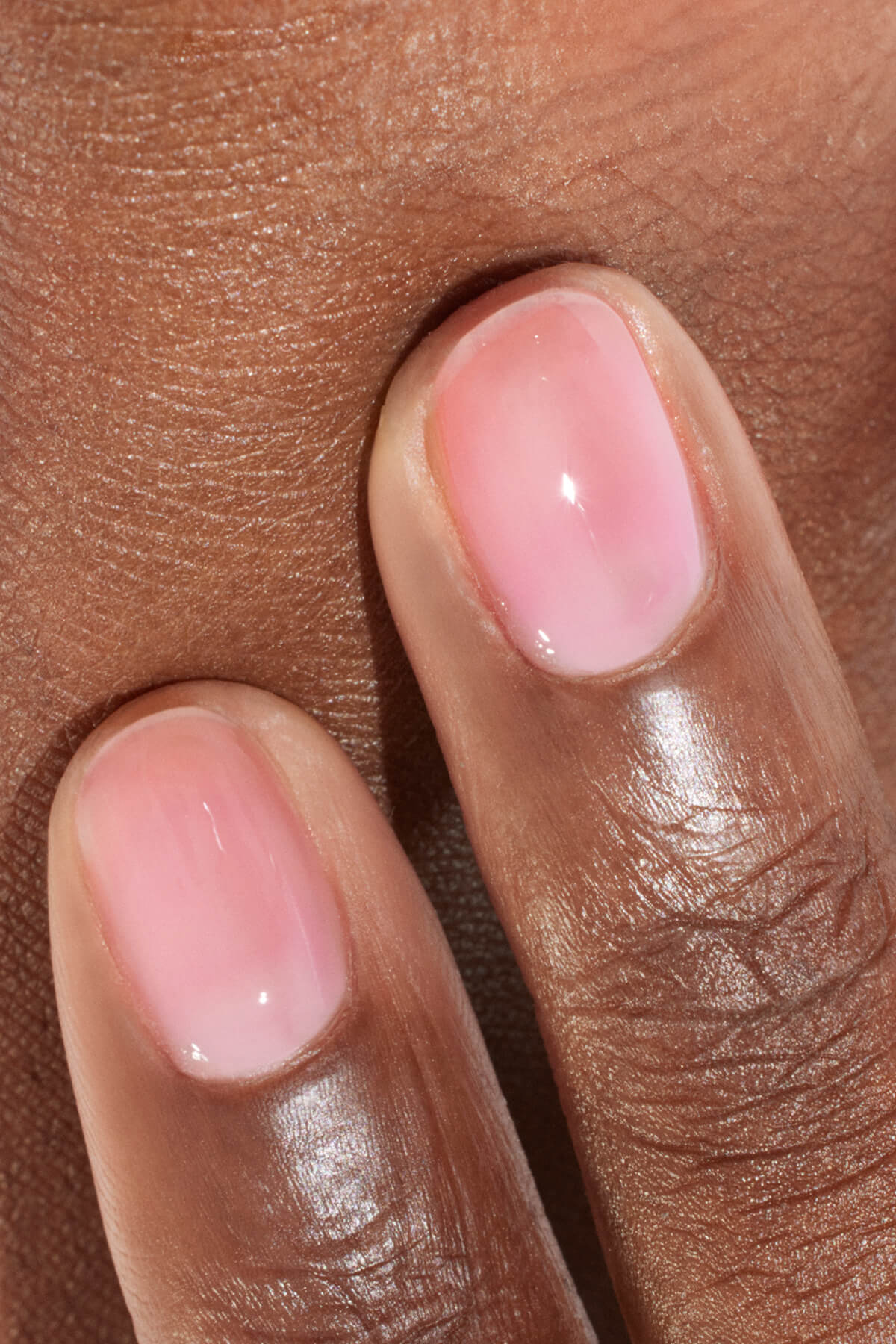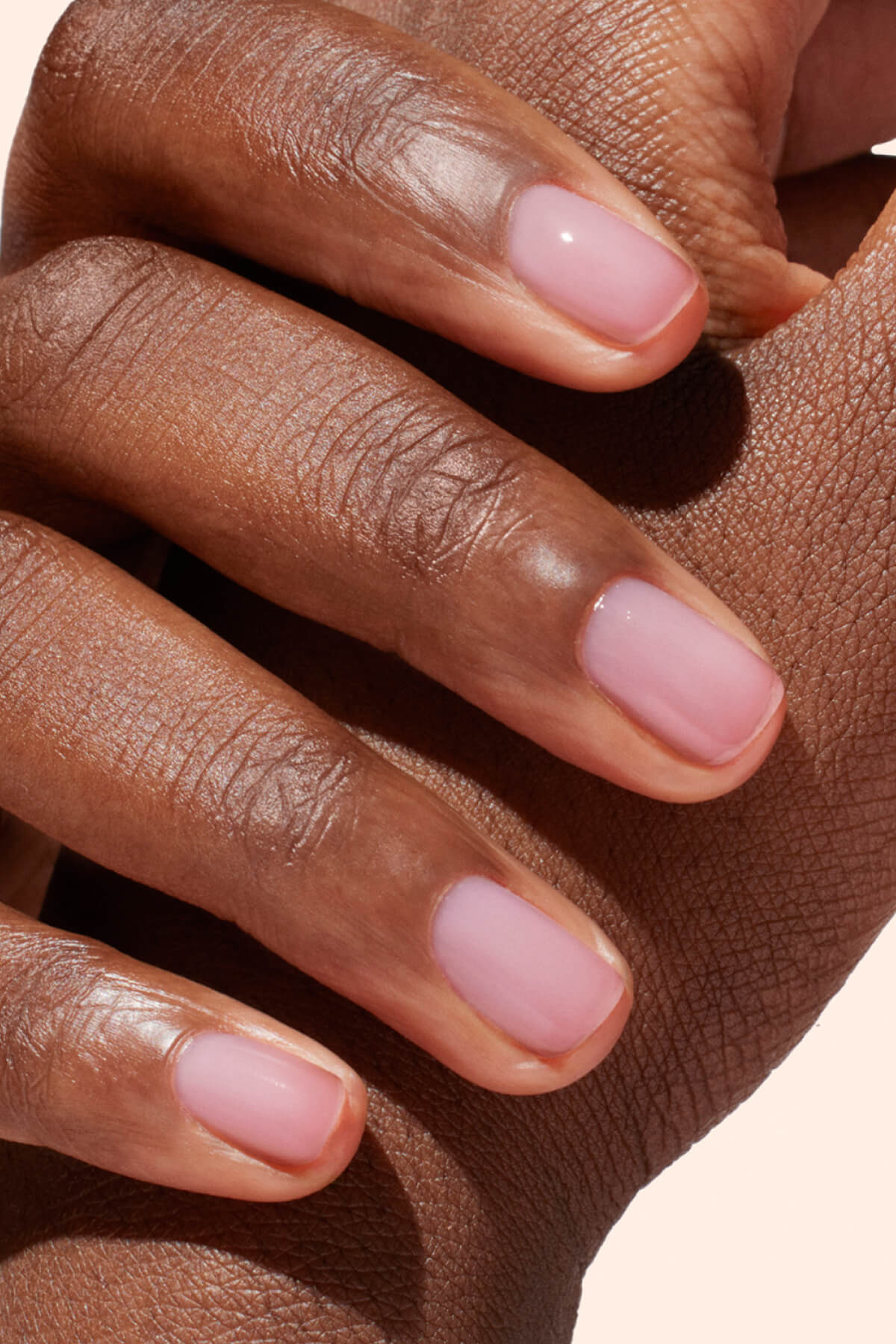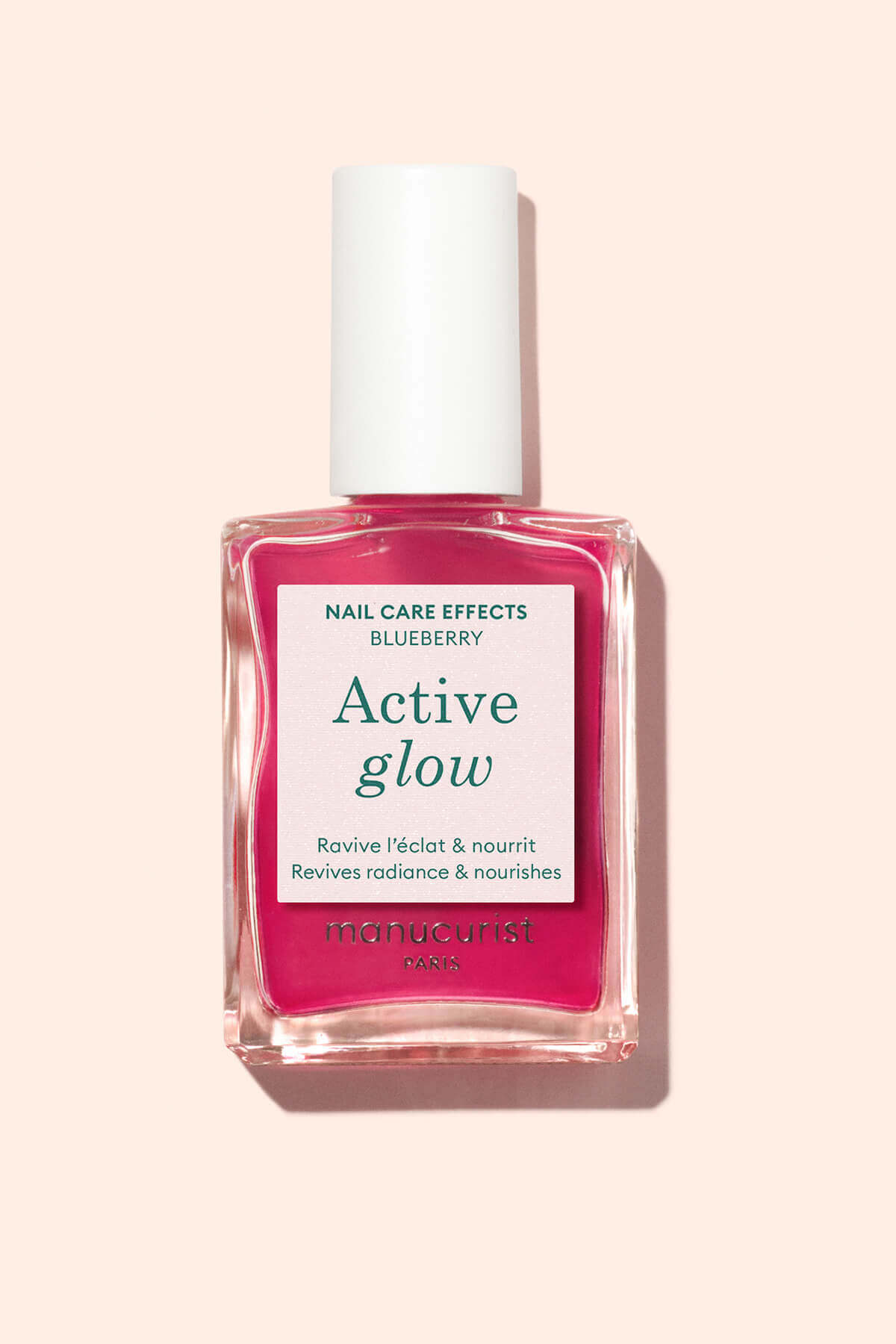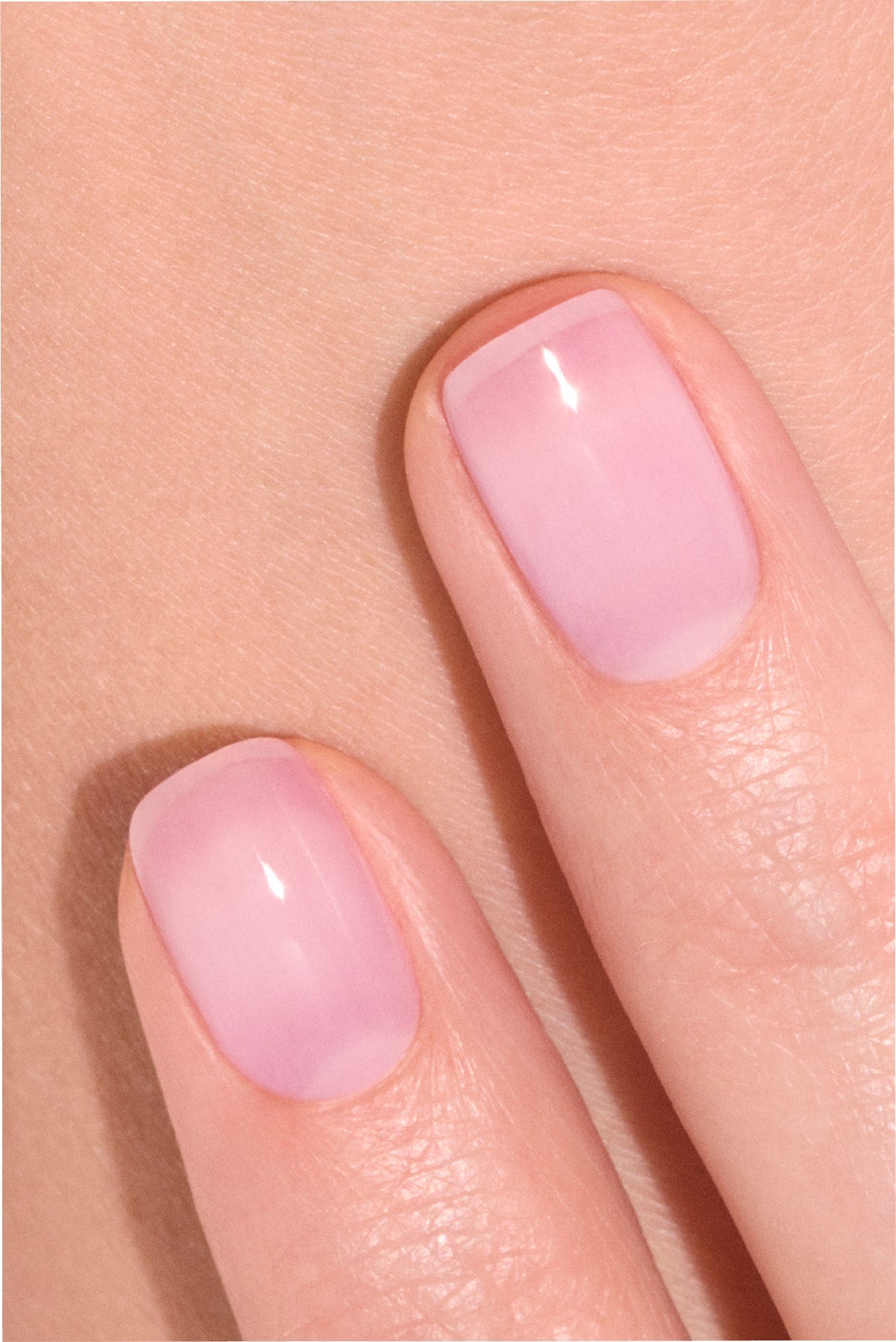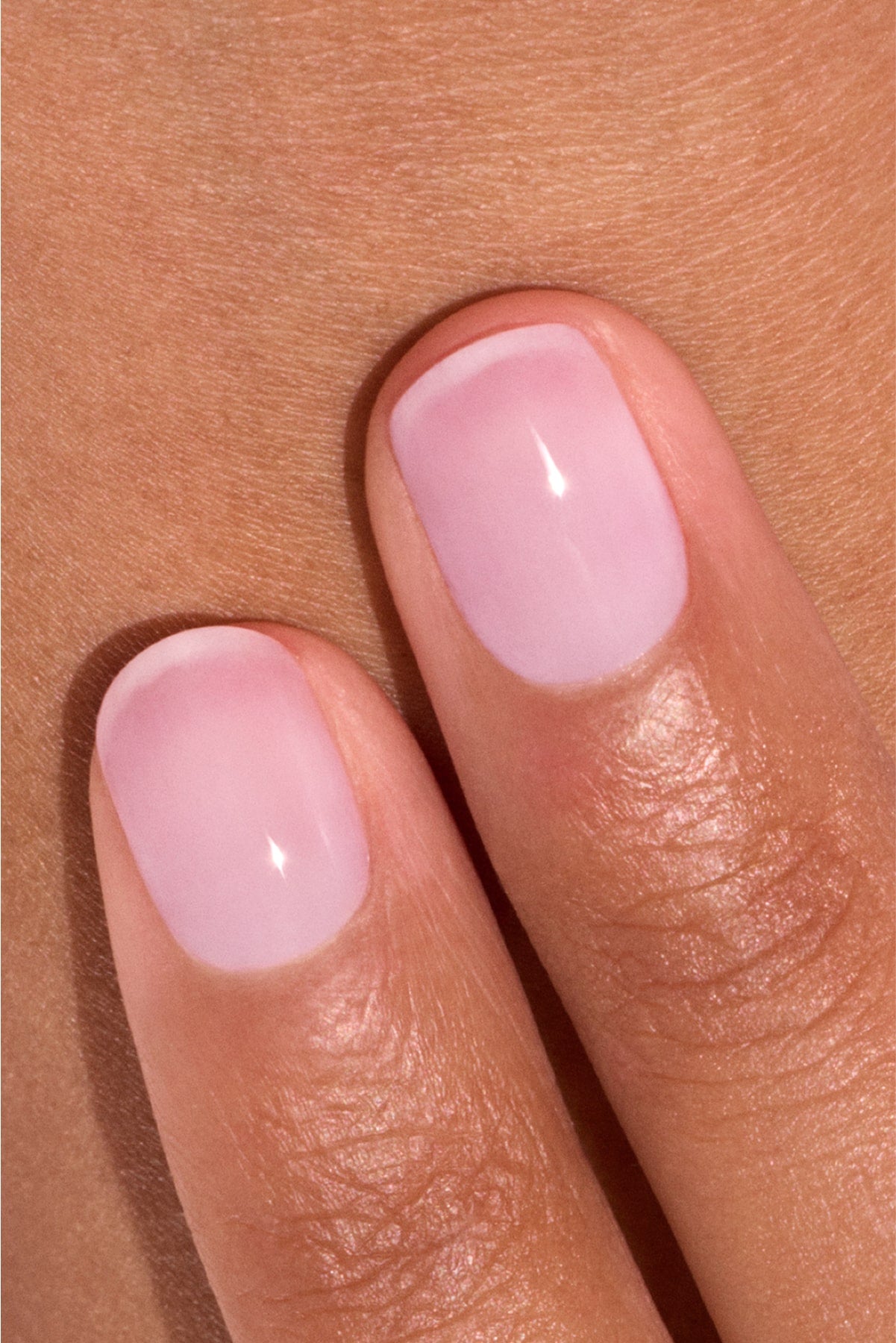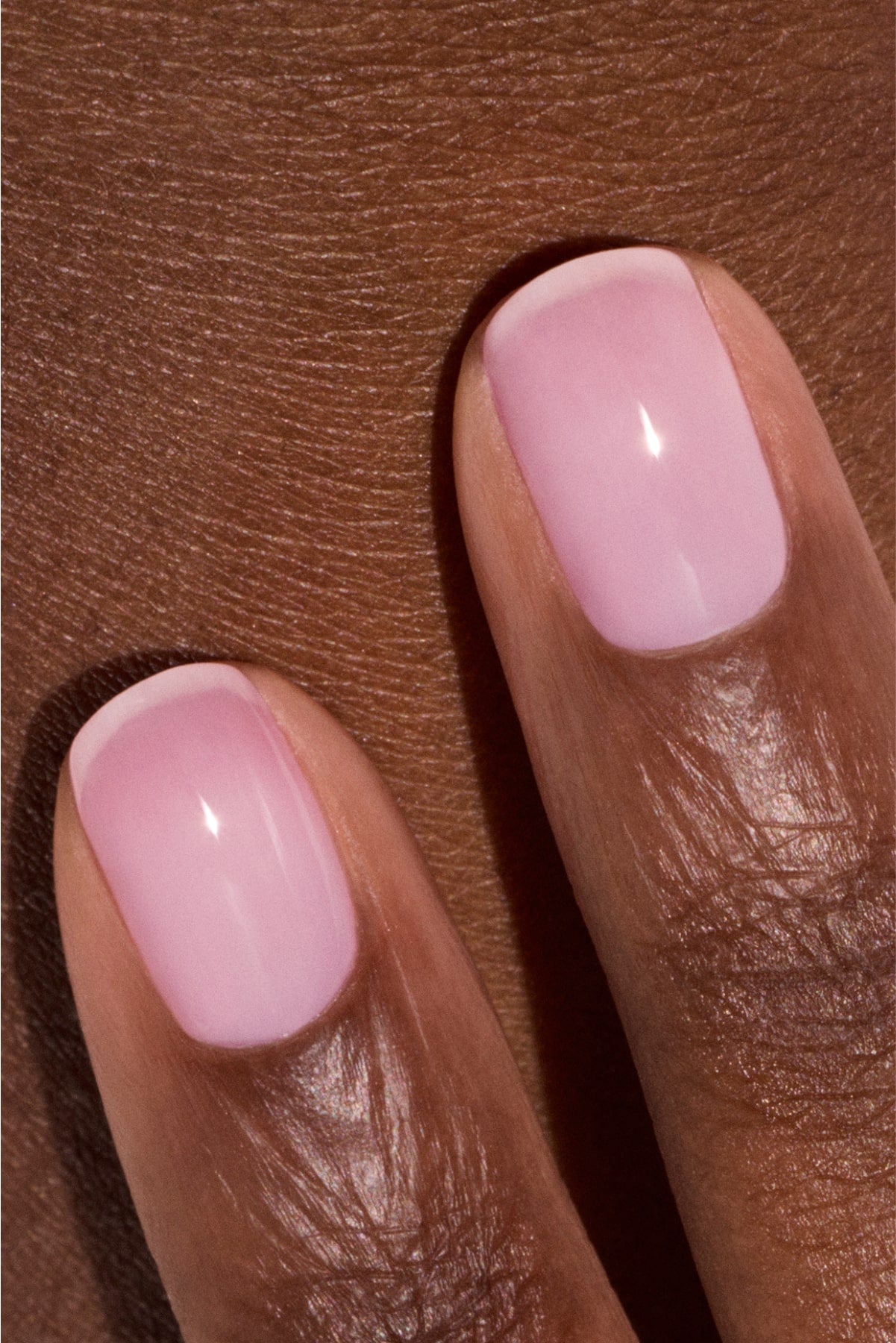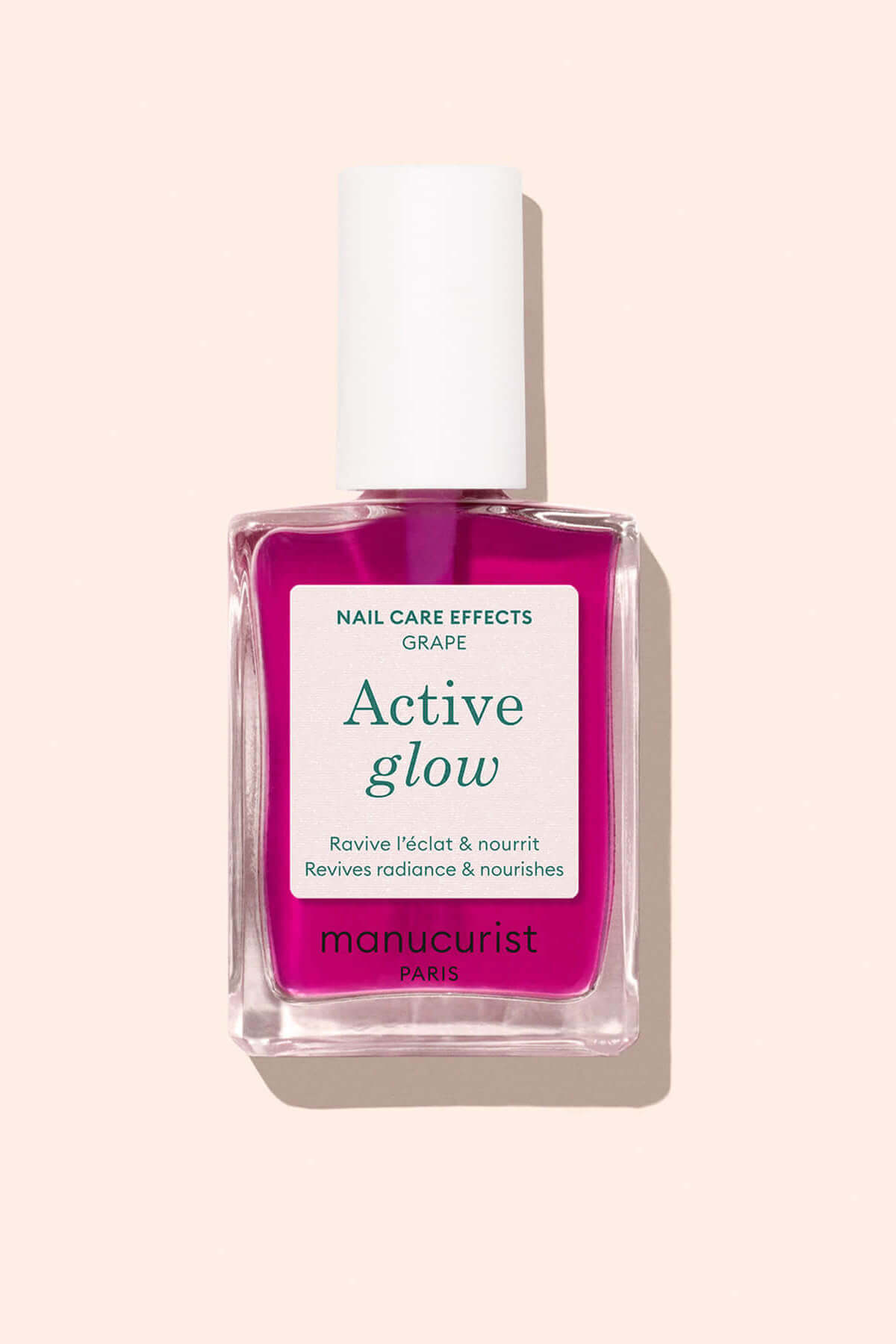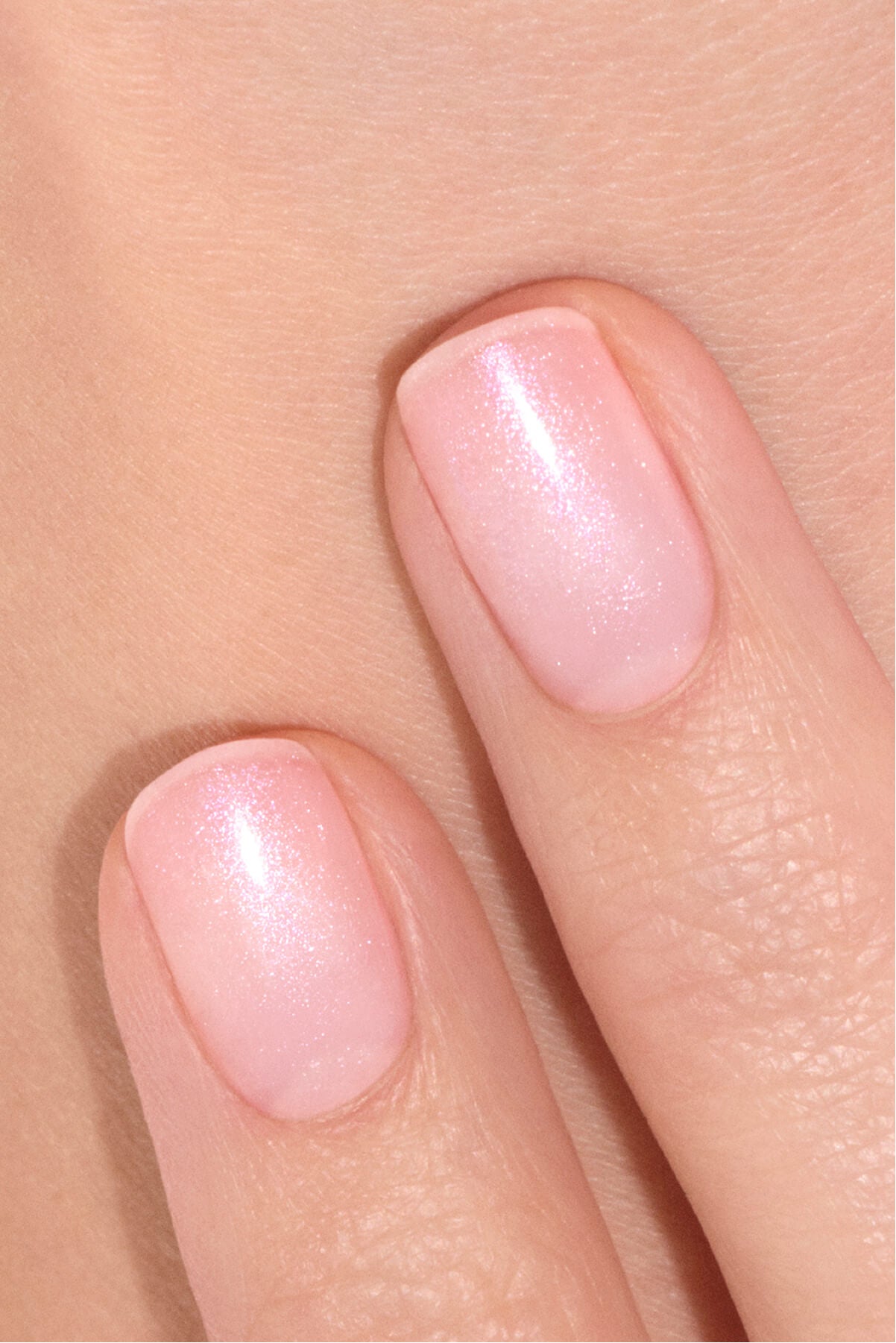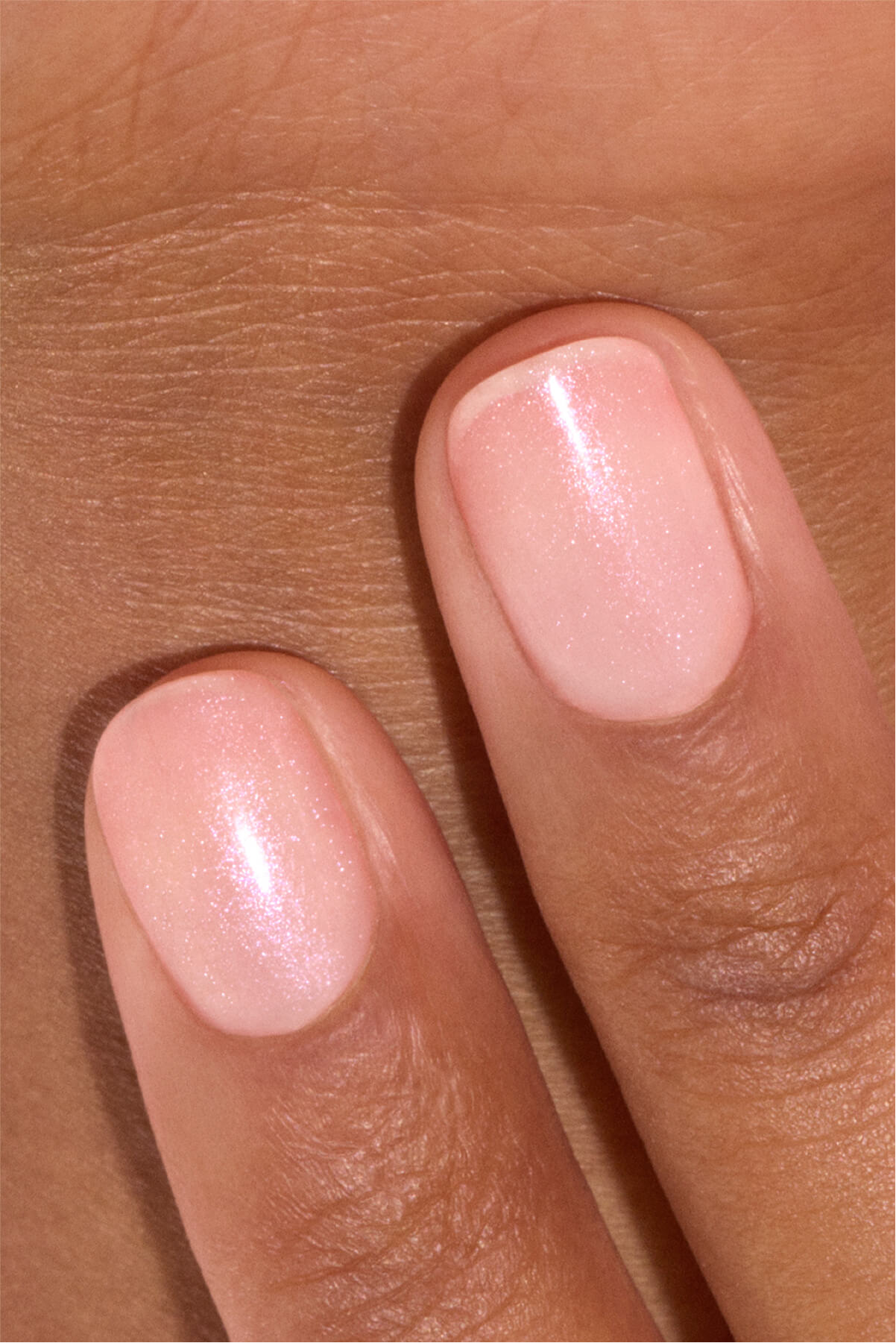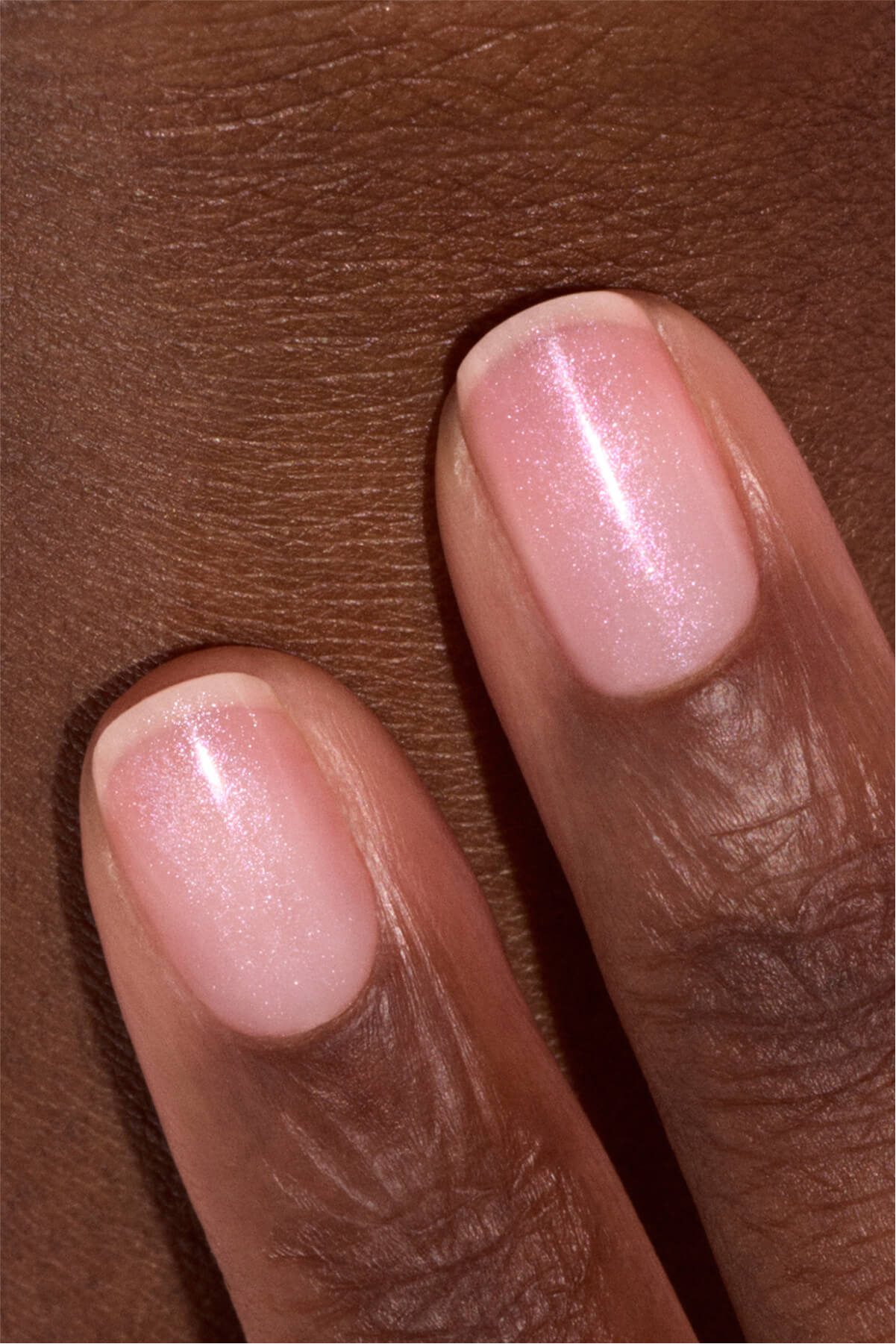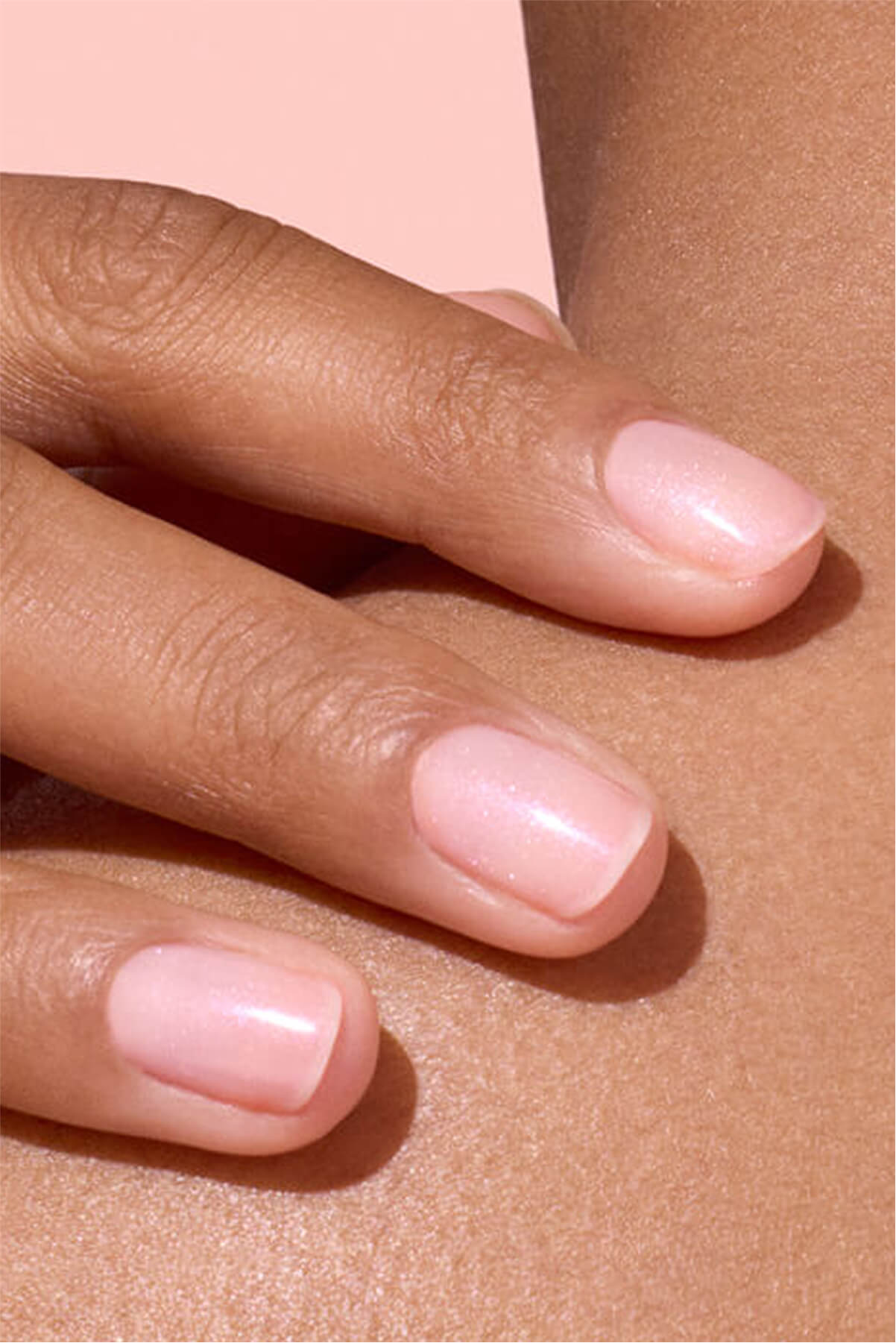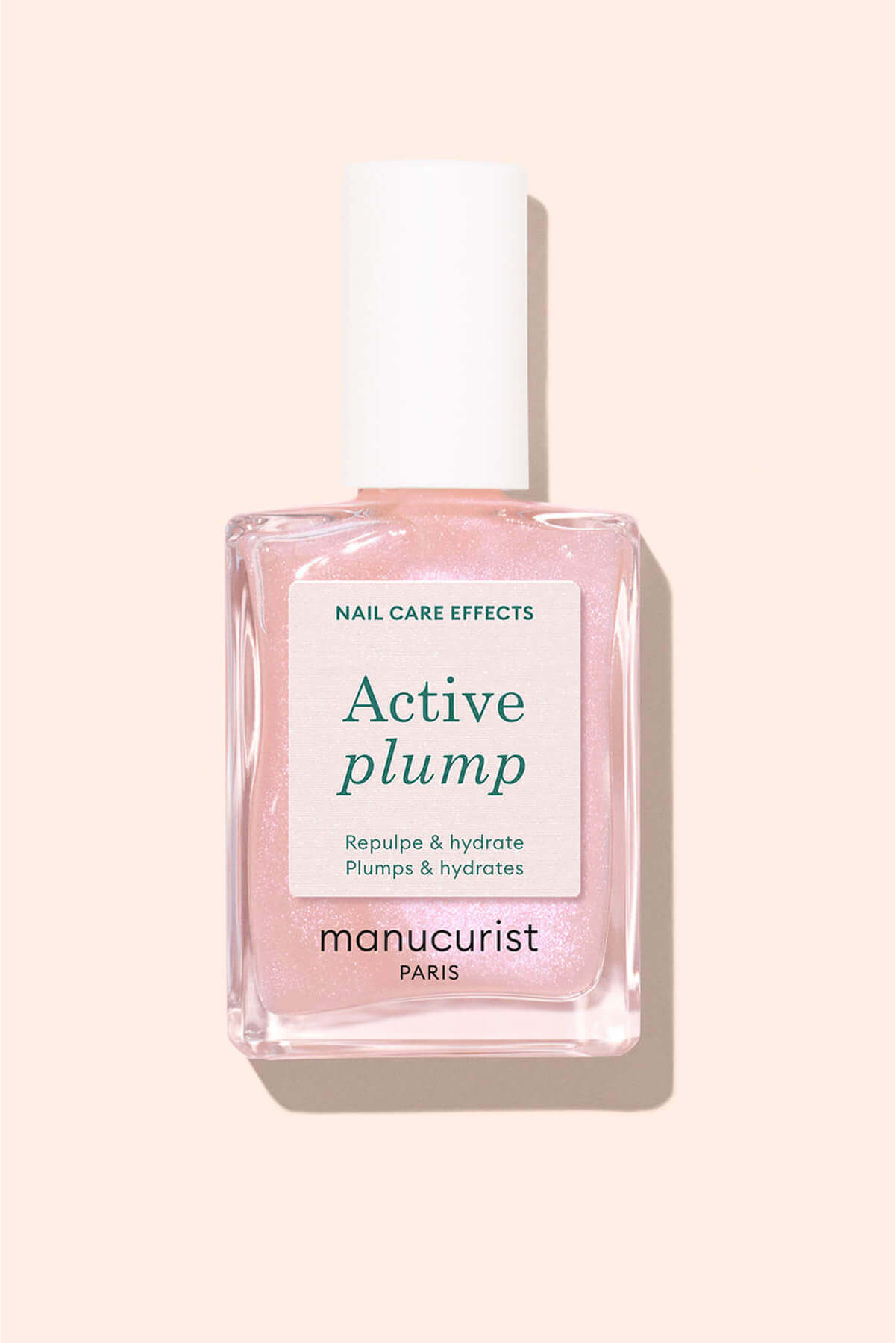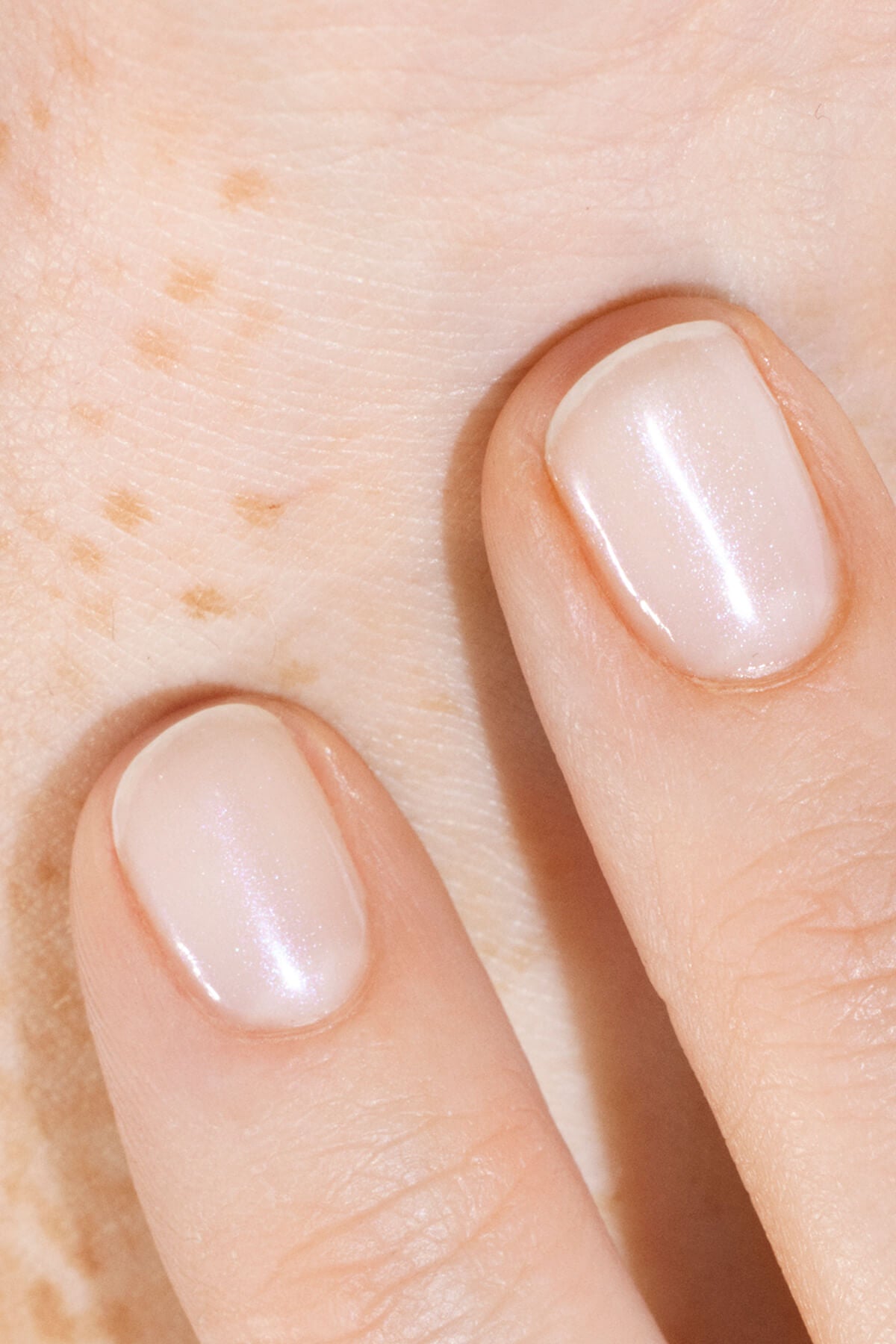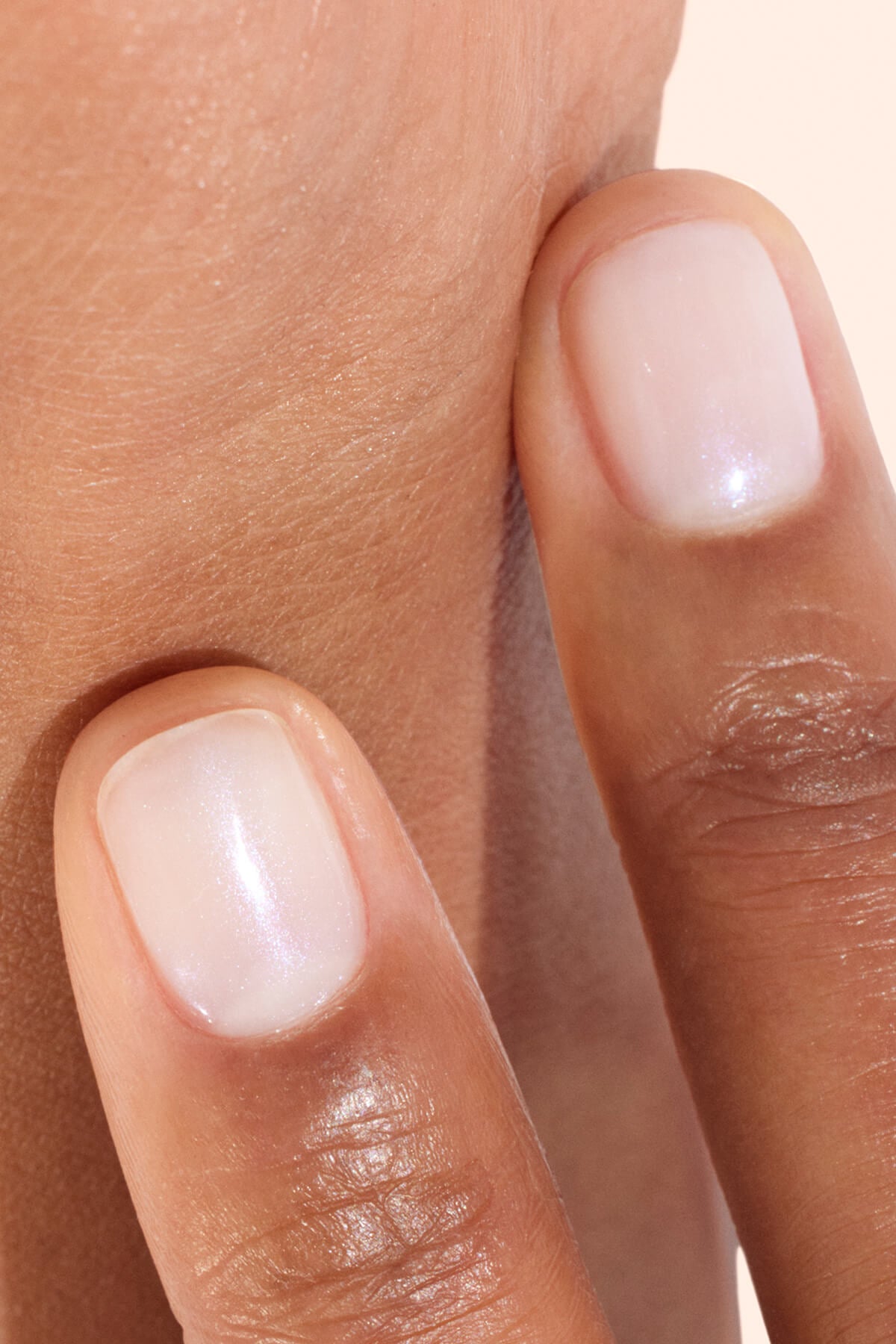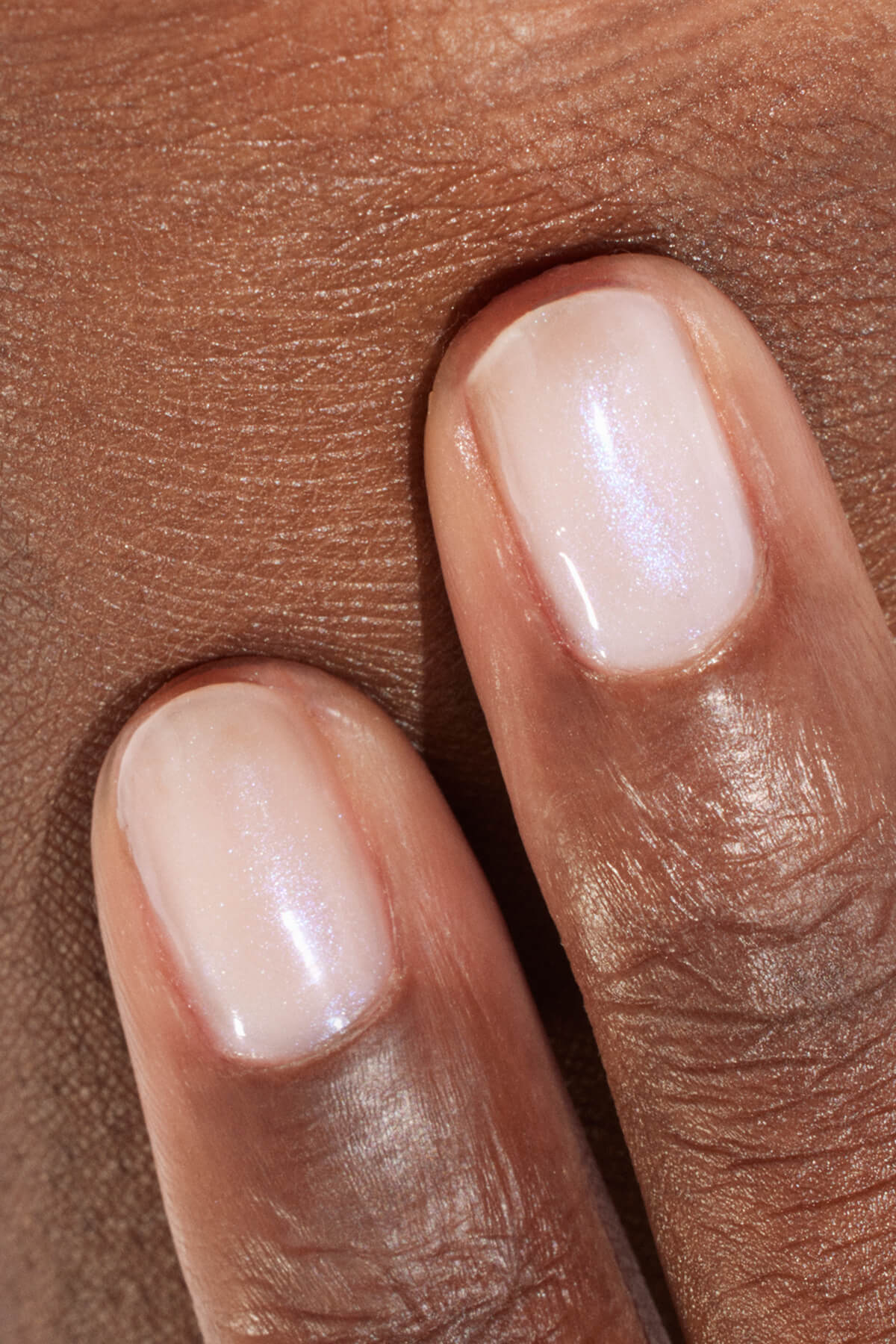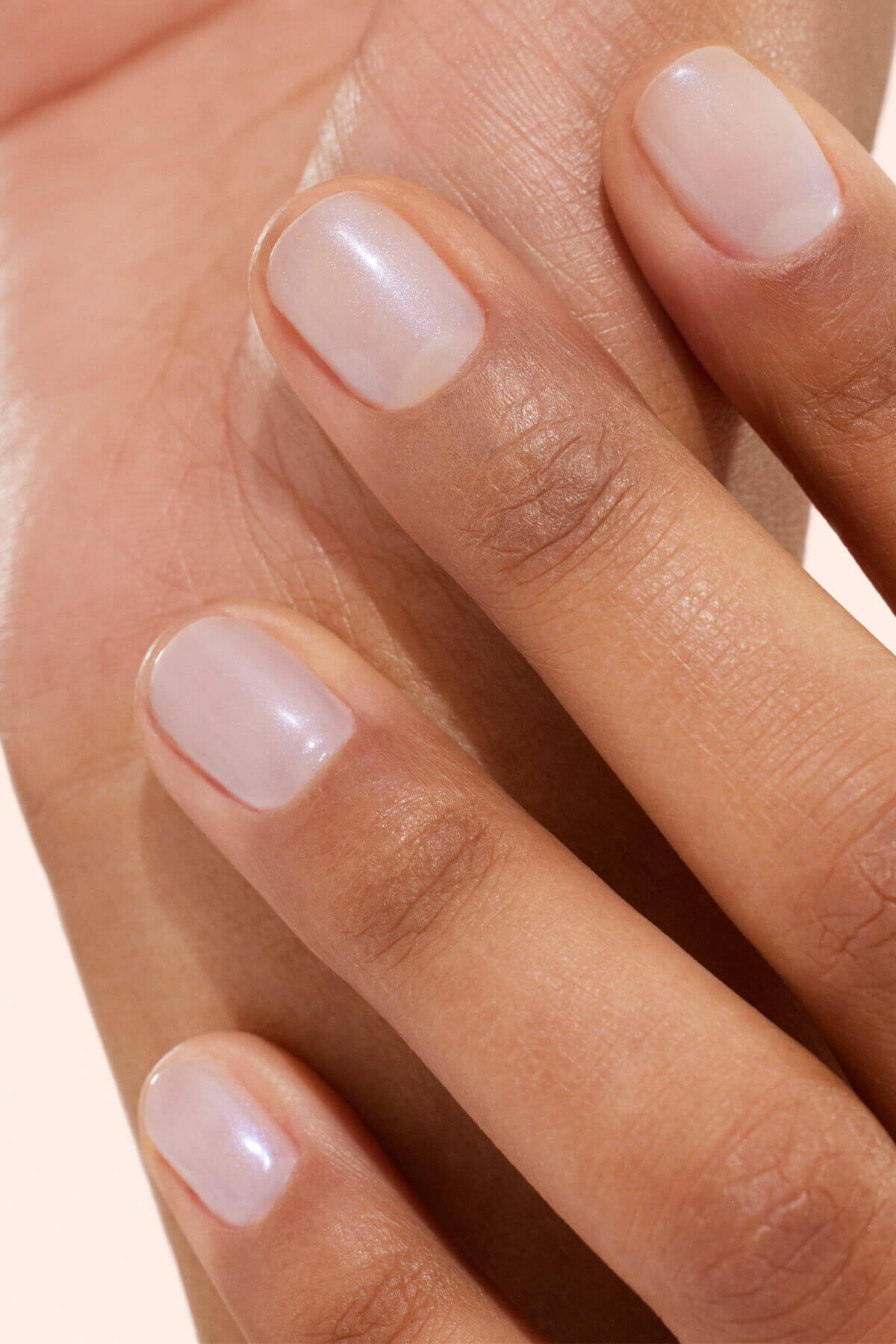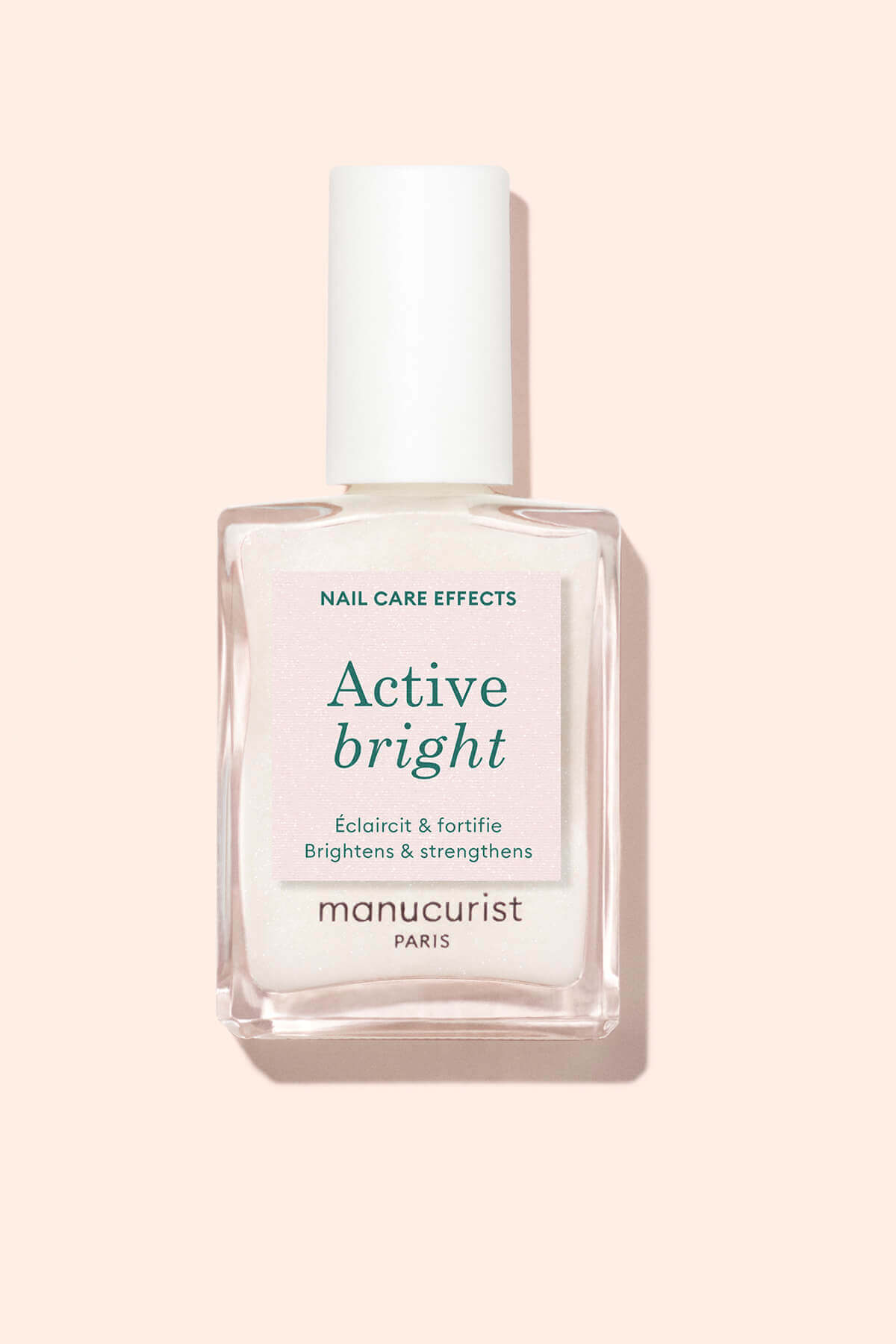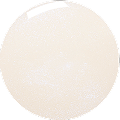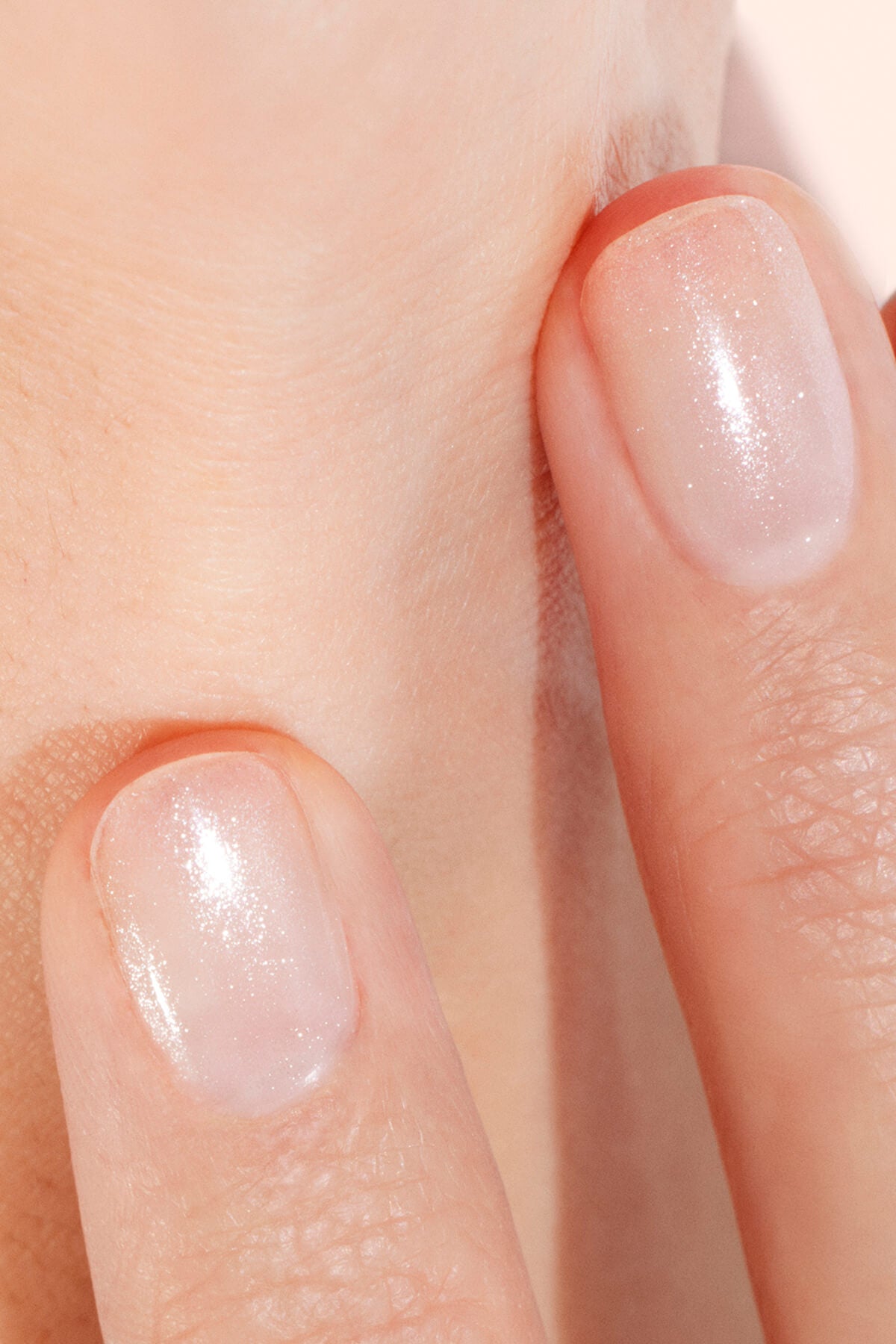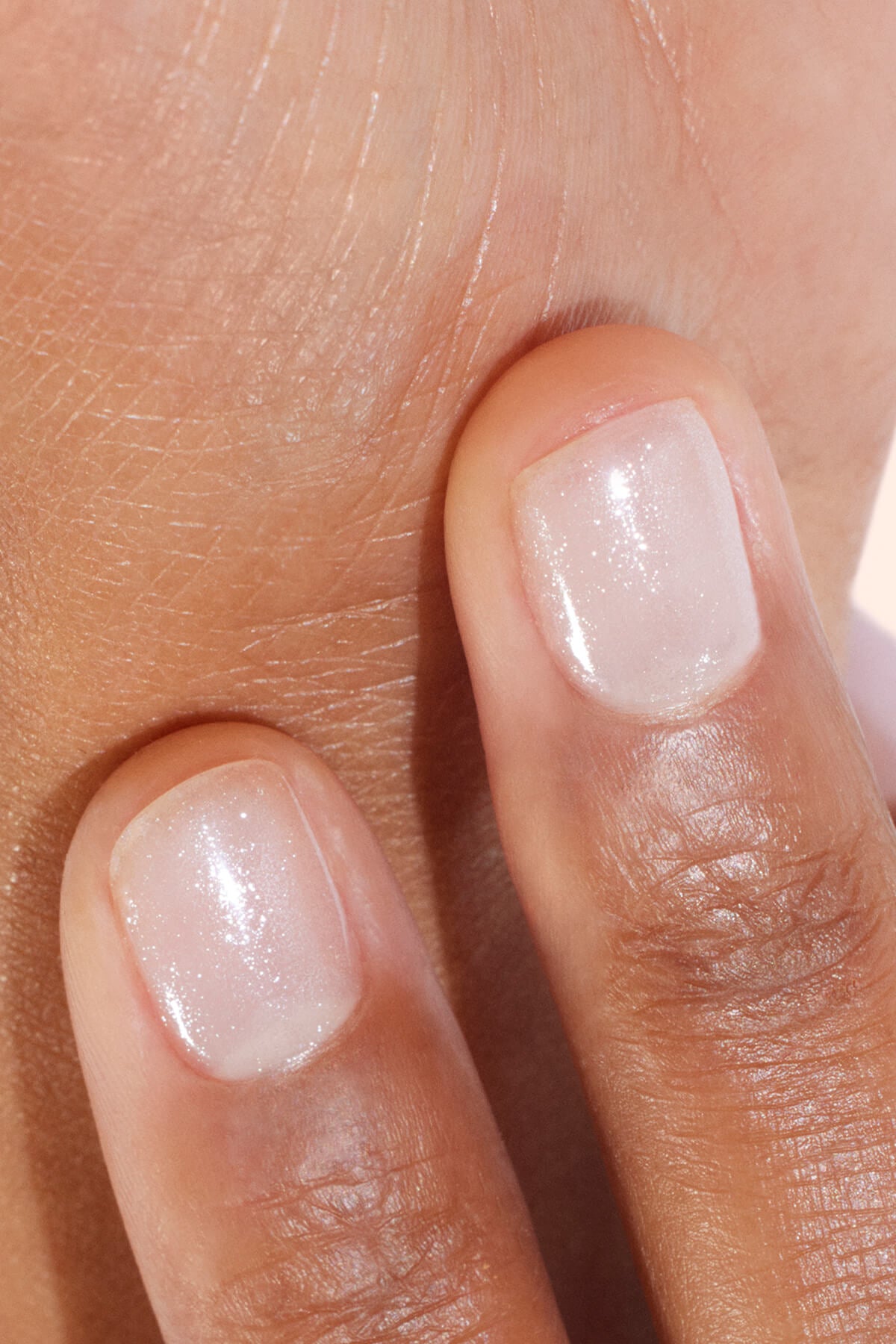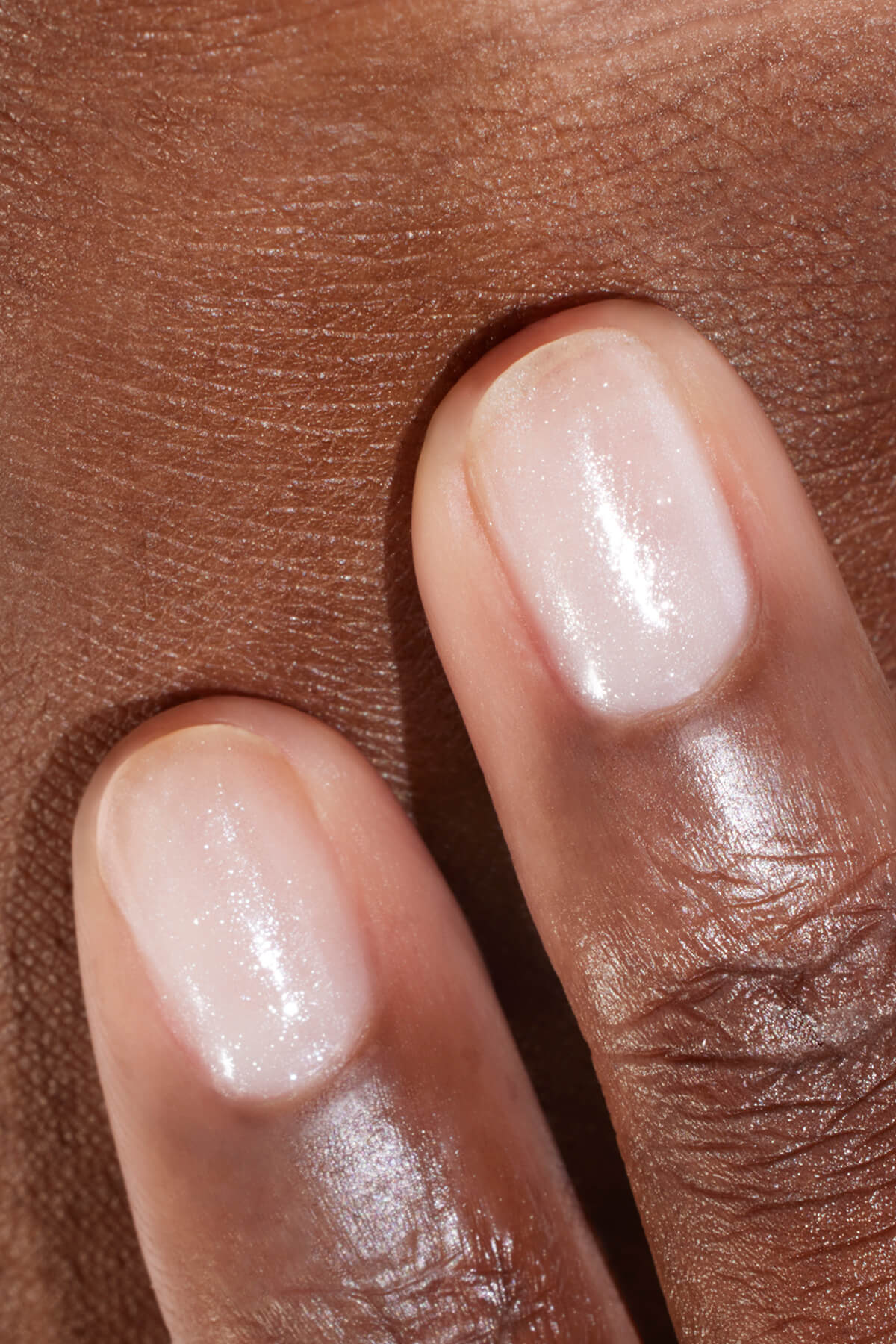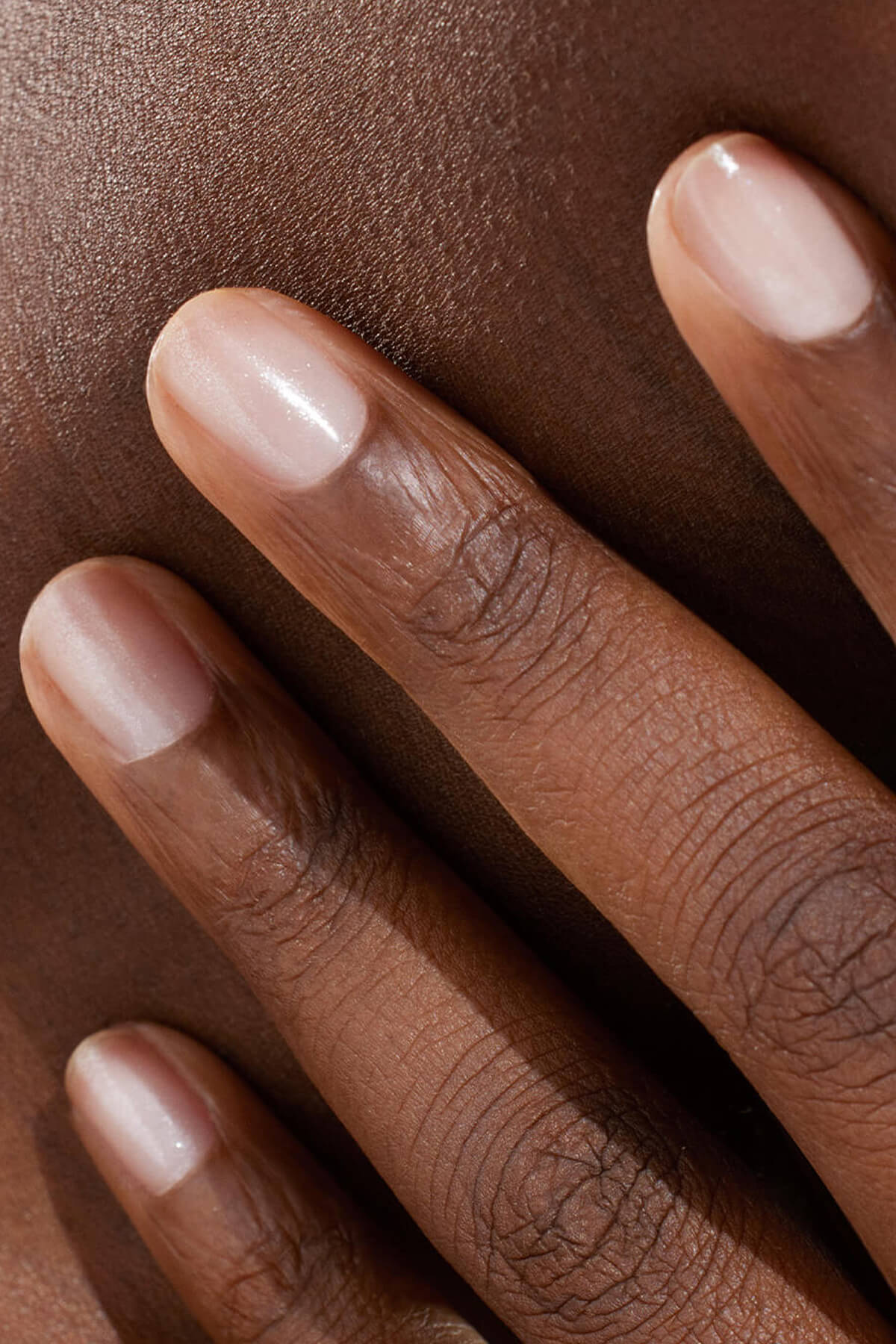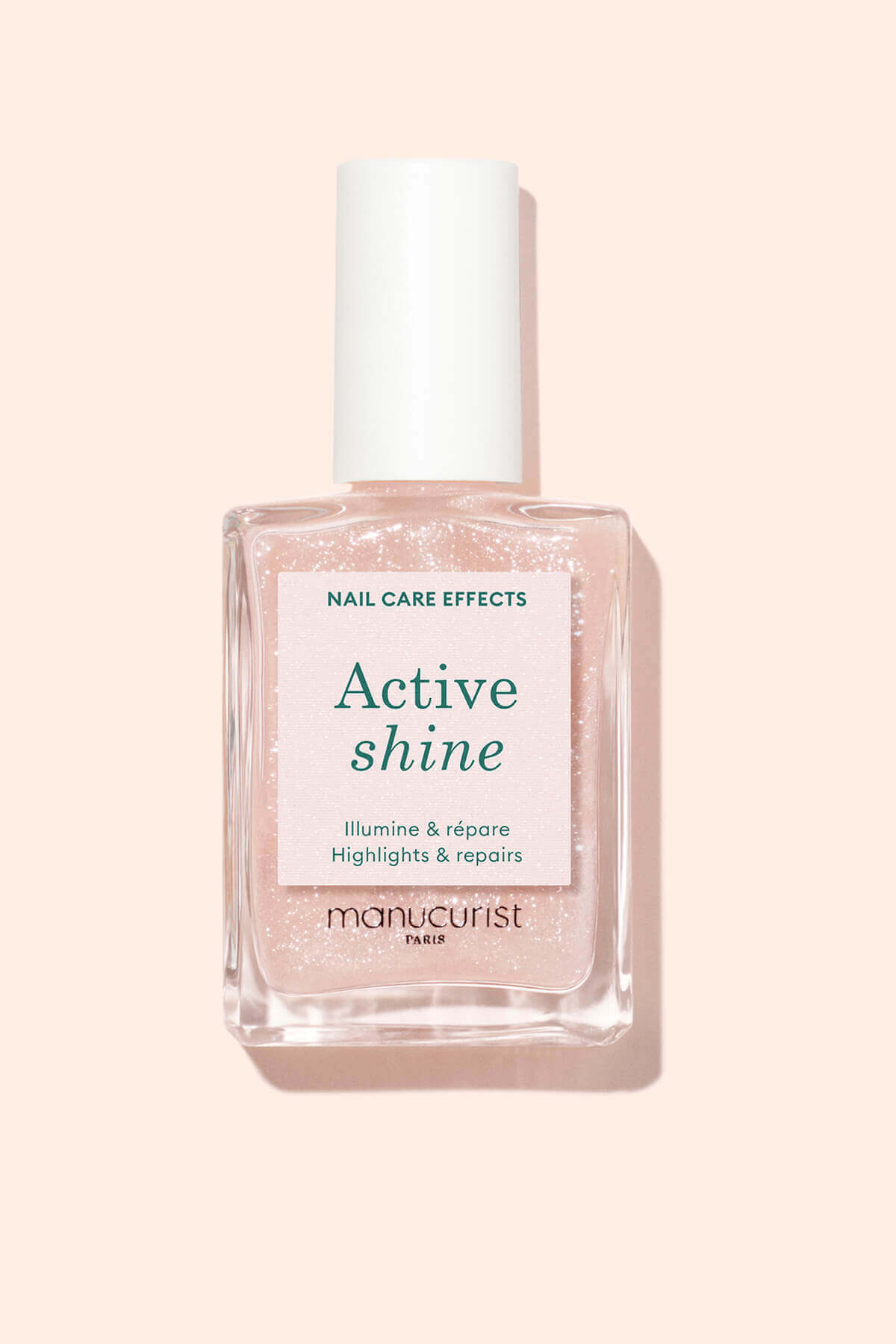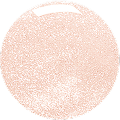Focus on a frequently used Manucurist term
Product development is always a challenge for Manucurist. We have very strict specifications in terms of efficacy, finish, staying power and other criteria. We ask our laboratories to adhere to our blacklist of ingredients so our products are as clean as possible. We also insist that our ingredients are bio-sourced. This prerequisite may be a little unclear. Let us explain.
The definition of “bio-sourced”
A bio-sourced ingredient is an ingredient of biomass origin; the term biomass refers to organic material from plants, animals, bacteria or fungi (mushrooms). At Manucurist, the term biomass is limited to plants because we are a vegan brand.
Let's take butyl acetate, which is a solvent used in our Green and Green Flash ranges. This solvent comes from cassava, so it is bio-sourced.

How does it differ from the term “of natural origin”?
All bio-sourced ingredients are of natural origin but not all ingredients of natural origin are bio-sourced (just as Socrates is not a cat).
For example, the pigment CI 77007 found in our Ultramarine polish is natural because it's made by grinding lapis lazuli stones. It's a mineral pigment, so it's natural but not bio-sourced (because minerals are not part of the biomass).

Bio-sourced ingredients are good for the planet!
In traditional nail polishes, synthesis is used to produce the molecules for their solvents, plasticisers, colours, etc. Most of these molecules are of petrochemical origin.
By choosing to extract our ingredients from the renewable biomass, we are using a much greener production method and reducing our impact on the environment.

A bio-sourced nail polish is not an organic nail polish
Although it can be confusing, these two concepts are not the same.
If we look at Ecocert organic cosmetic certification (the most widely recognised in France), a product is only organic if:
- at least 95% of its ingredients are natural or of natural origin
- at least 95% of its plant ingredients are organically sourced
- at least 20% of all its ingredients are organically sourced
- it contains less than 5% non-toxic synthesised ingredients from a permitted list

Although water and minerals are of natural origin, they cannot be considered organic as they are not organically produced.
There are currently no organic nail polishes because of the technical complexity of nail polish formulas. But let's not forget that the cosmetic sector is constantly seeking to innovate. Who know what the future holds?
Check out our other Go Green blog posts about Manucurist formulas.



